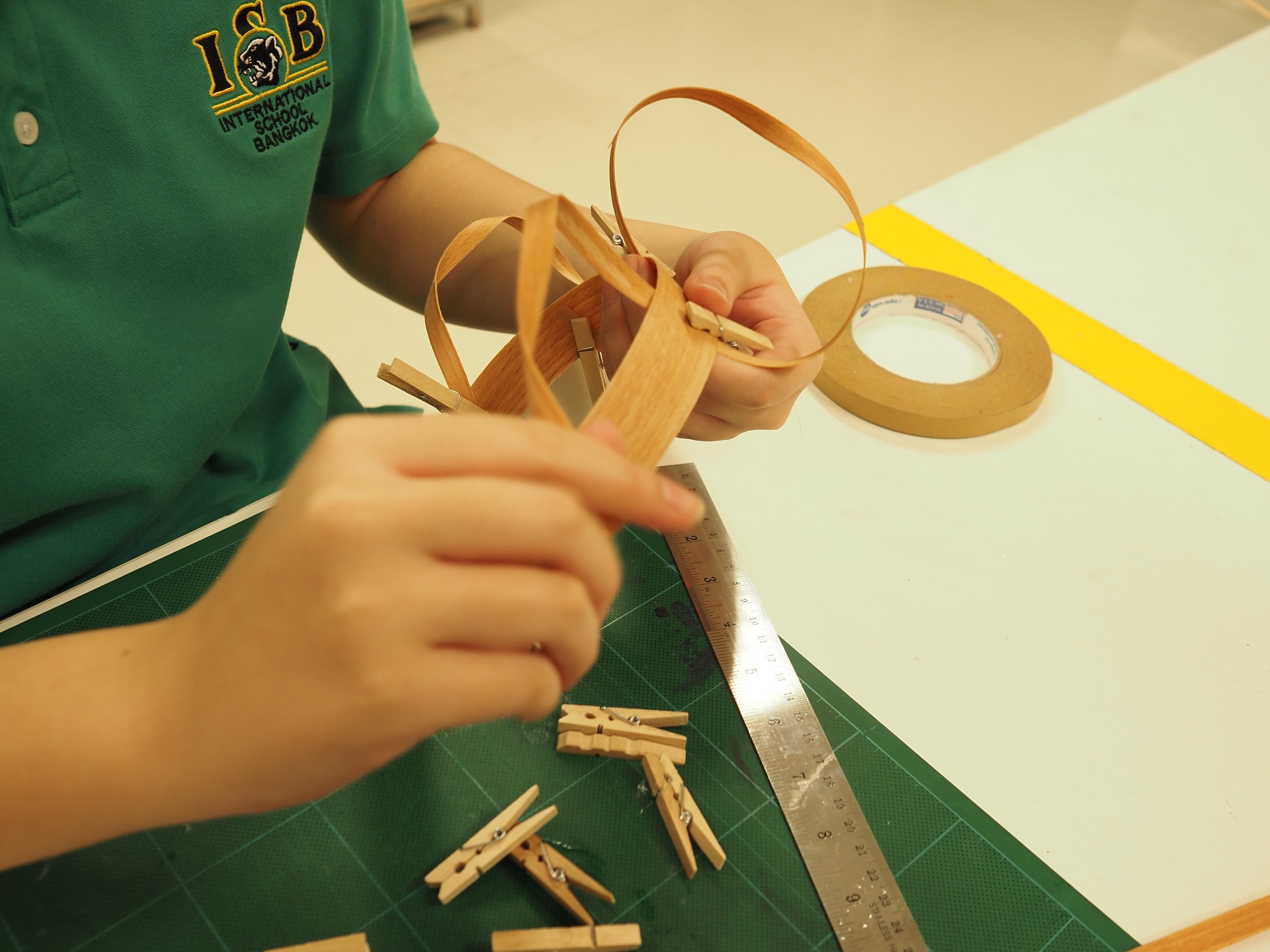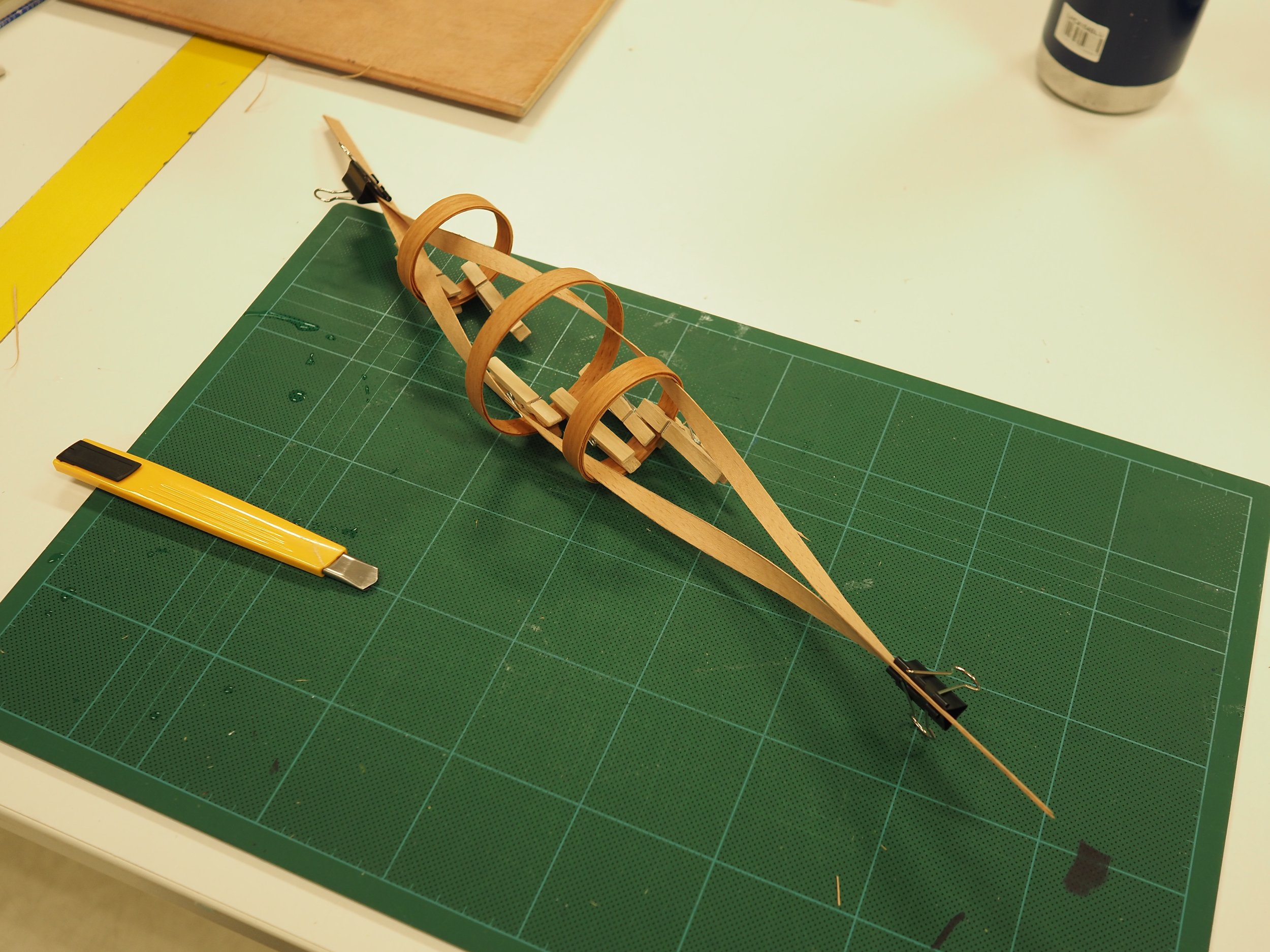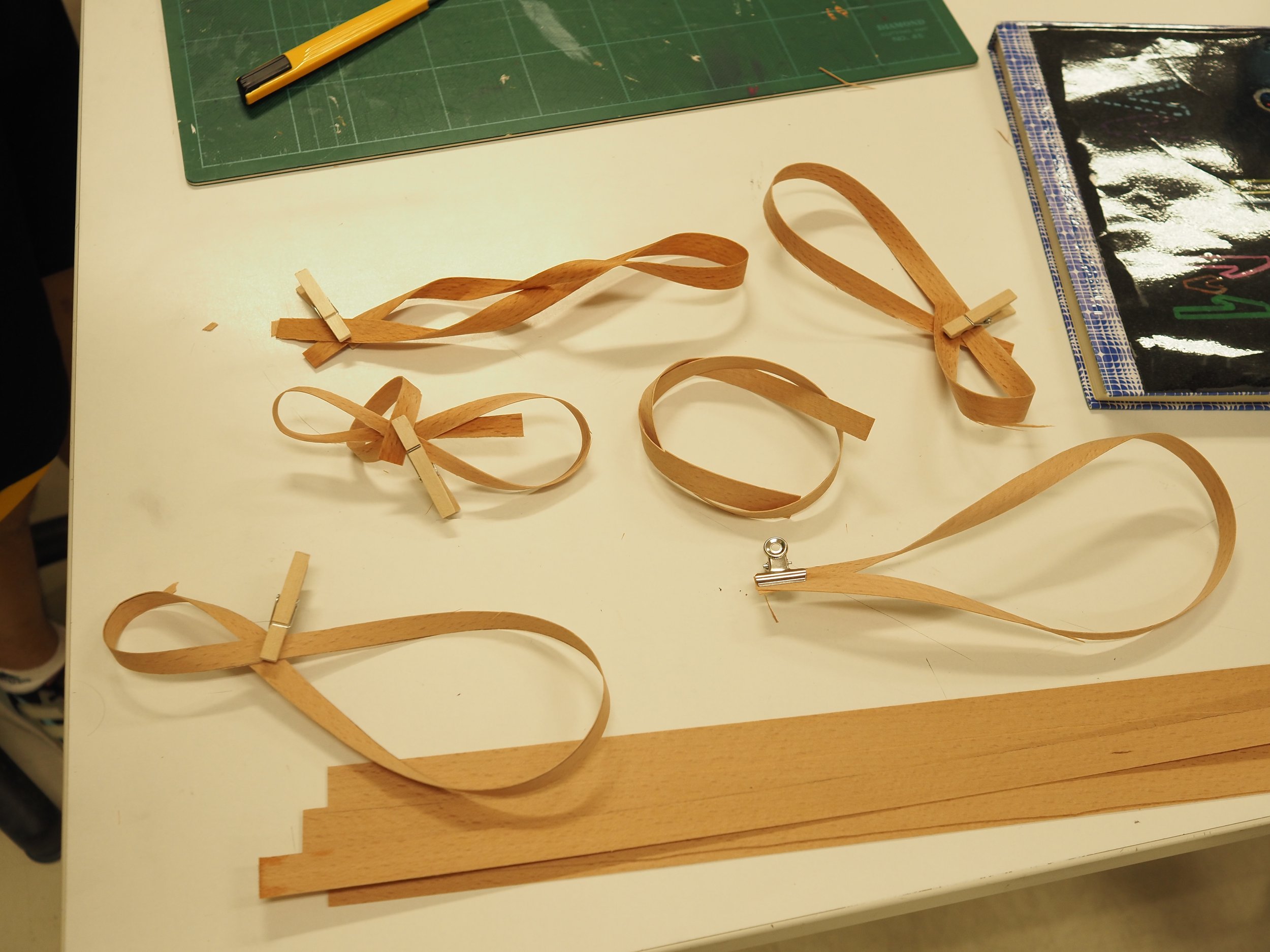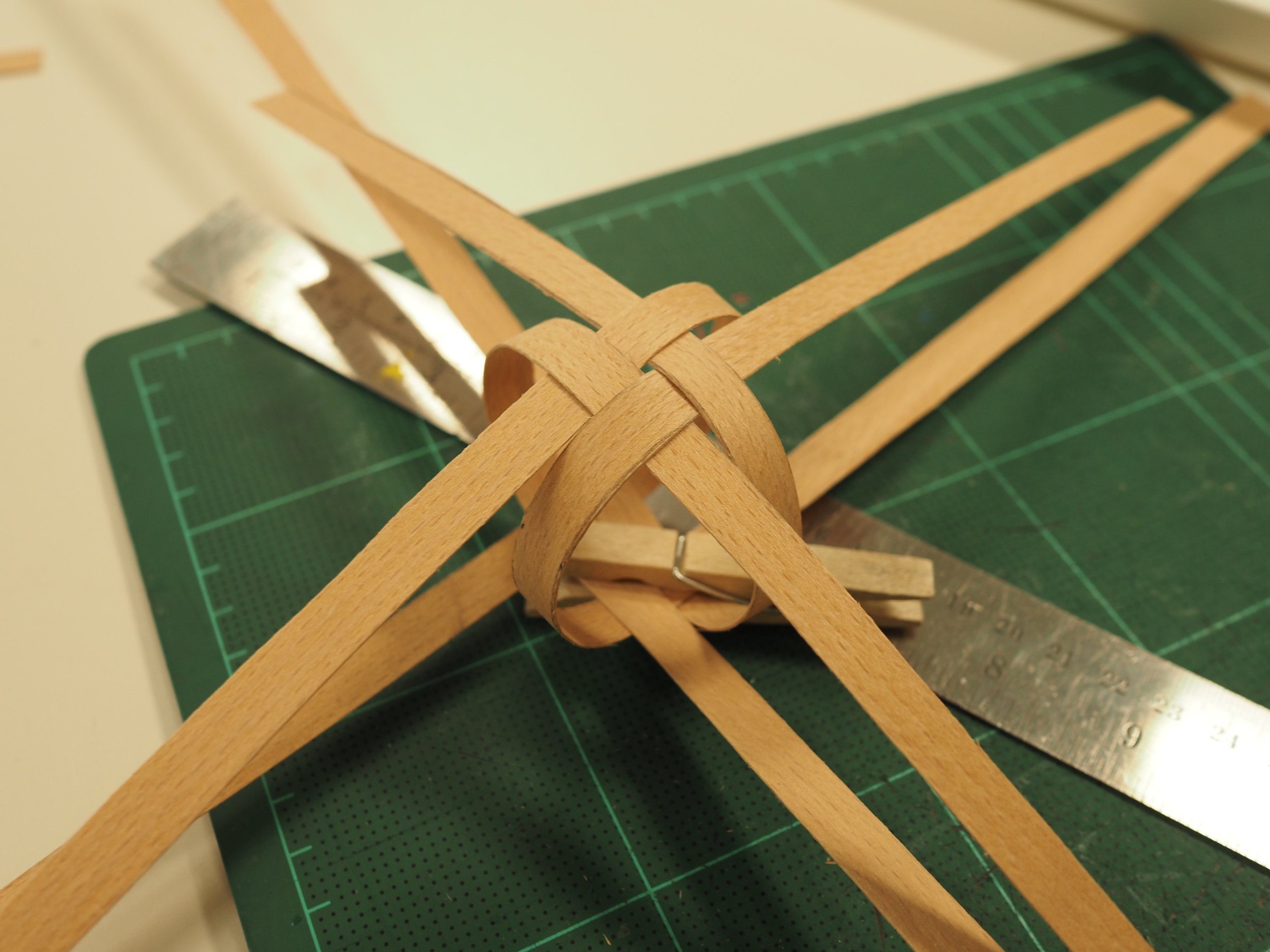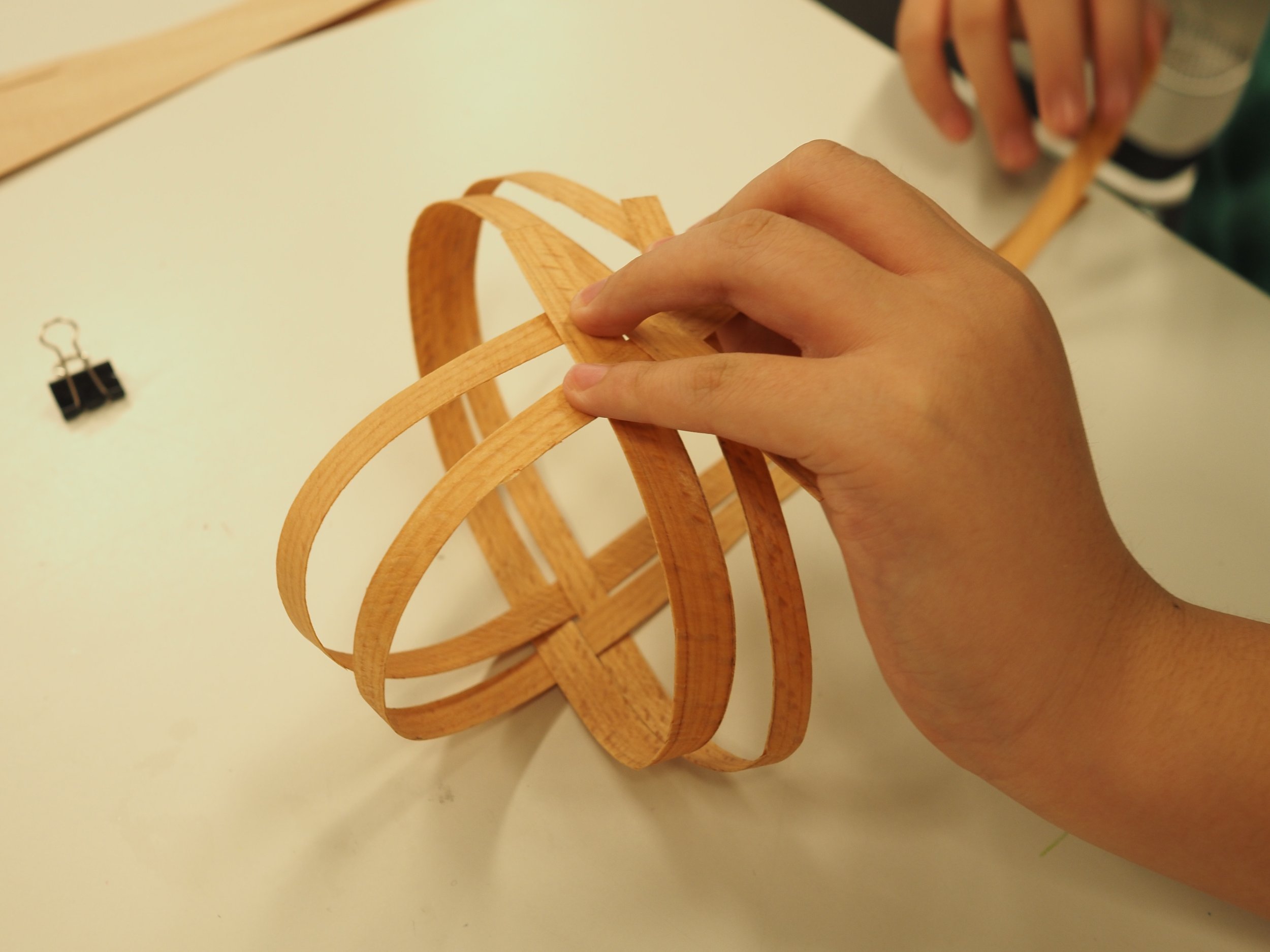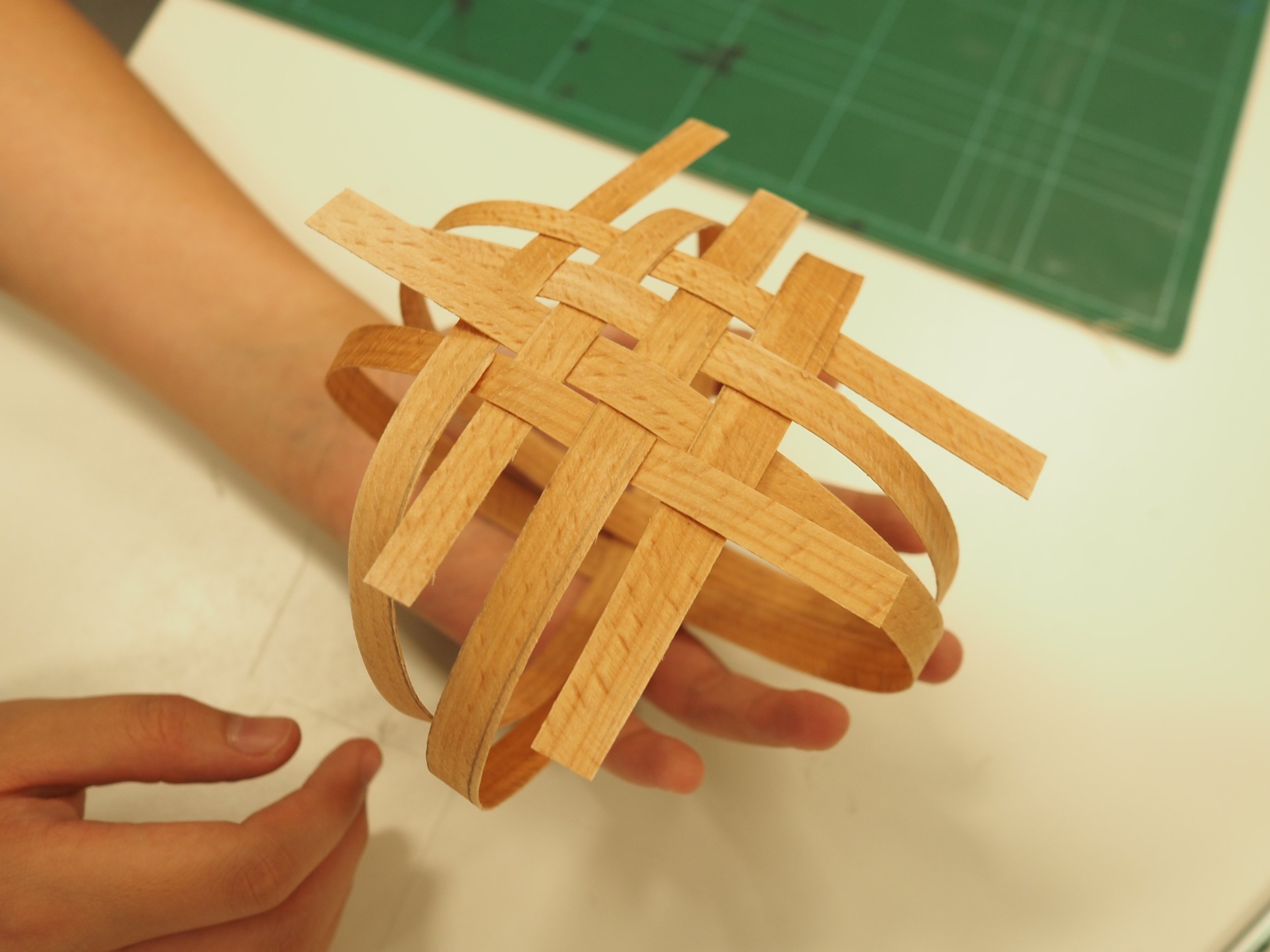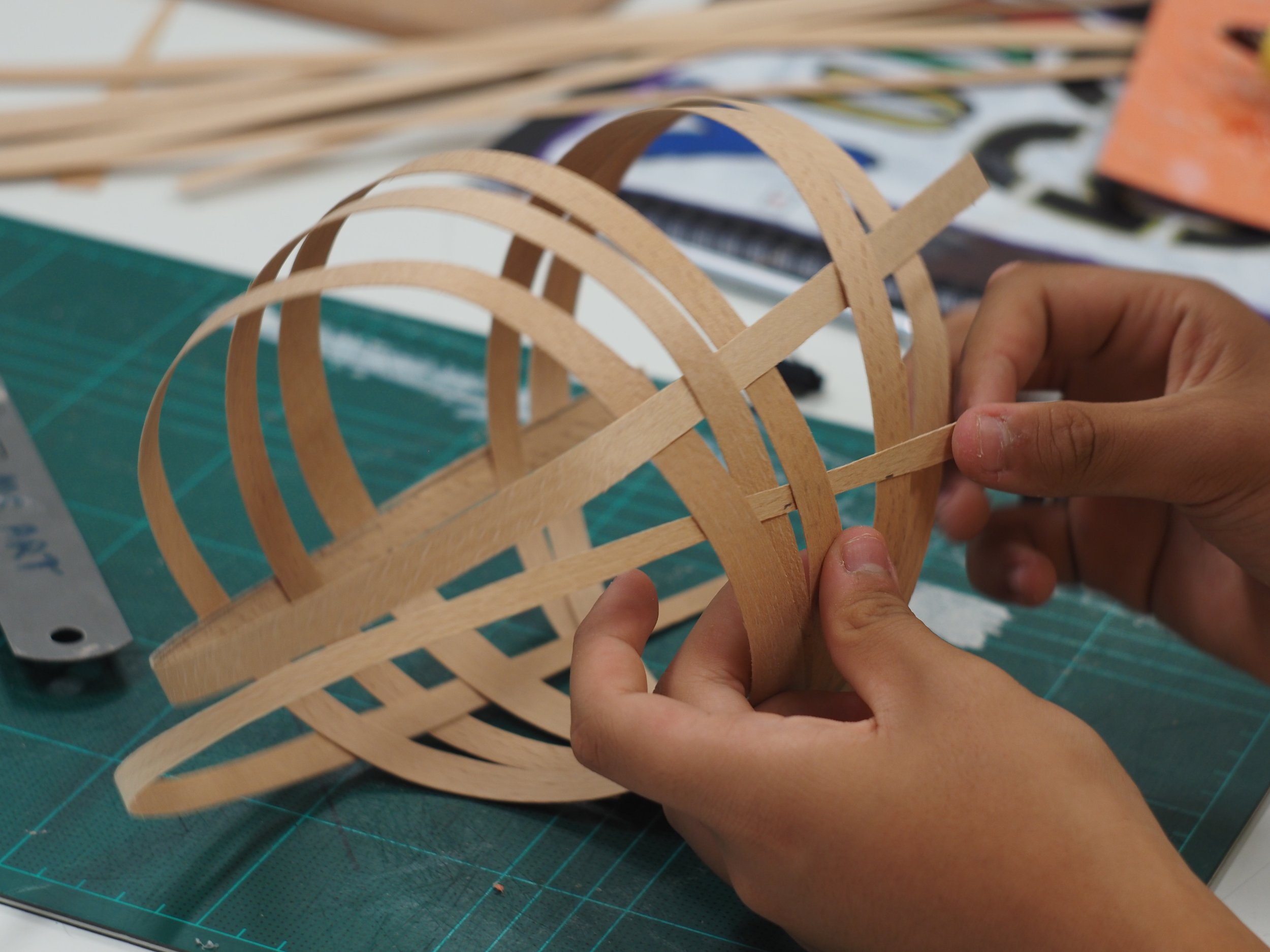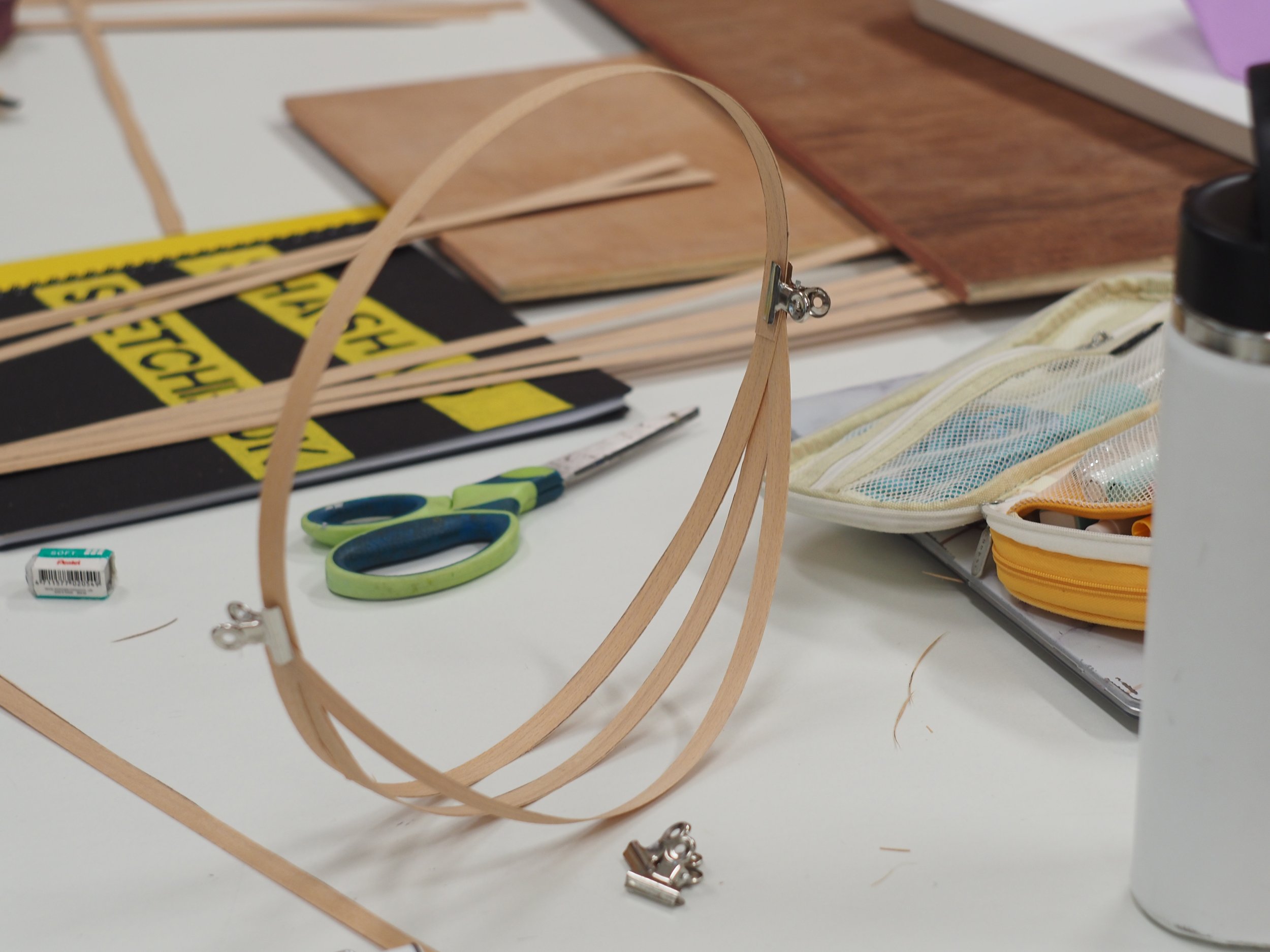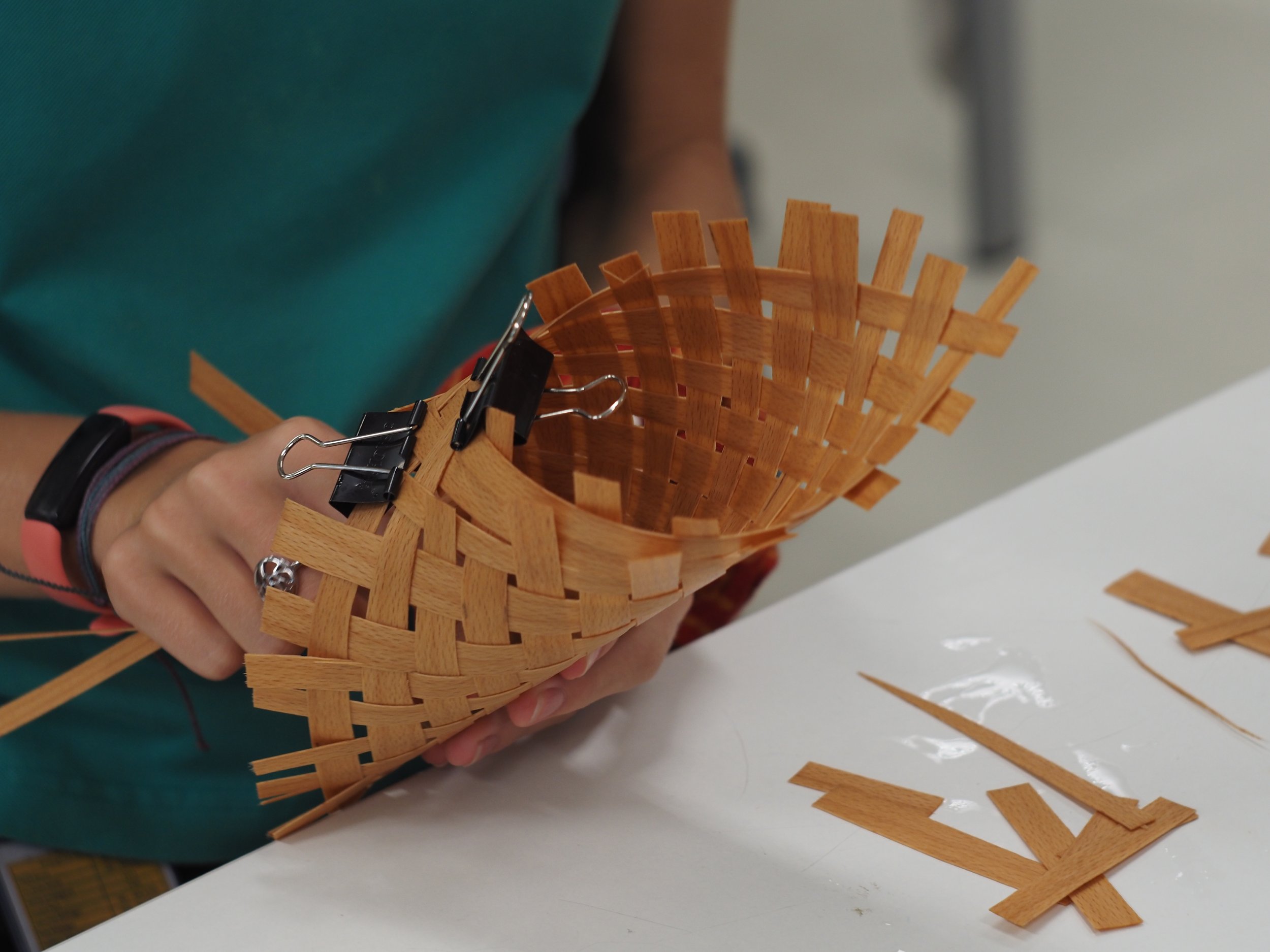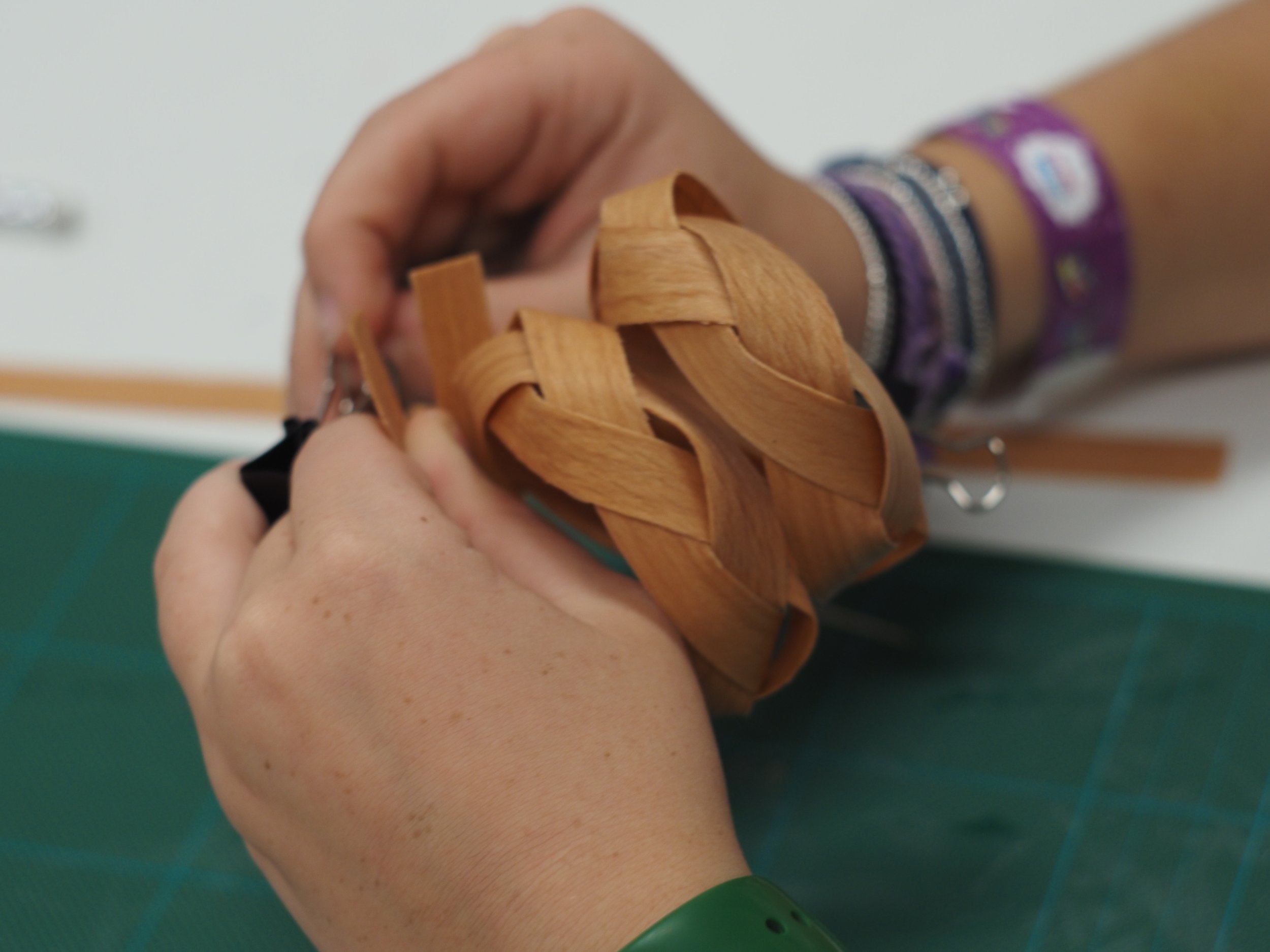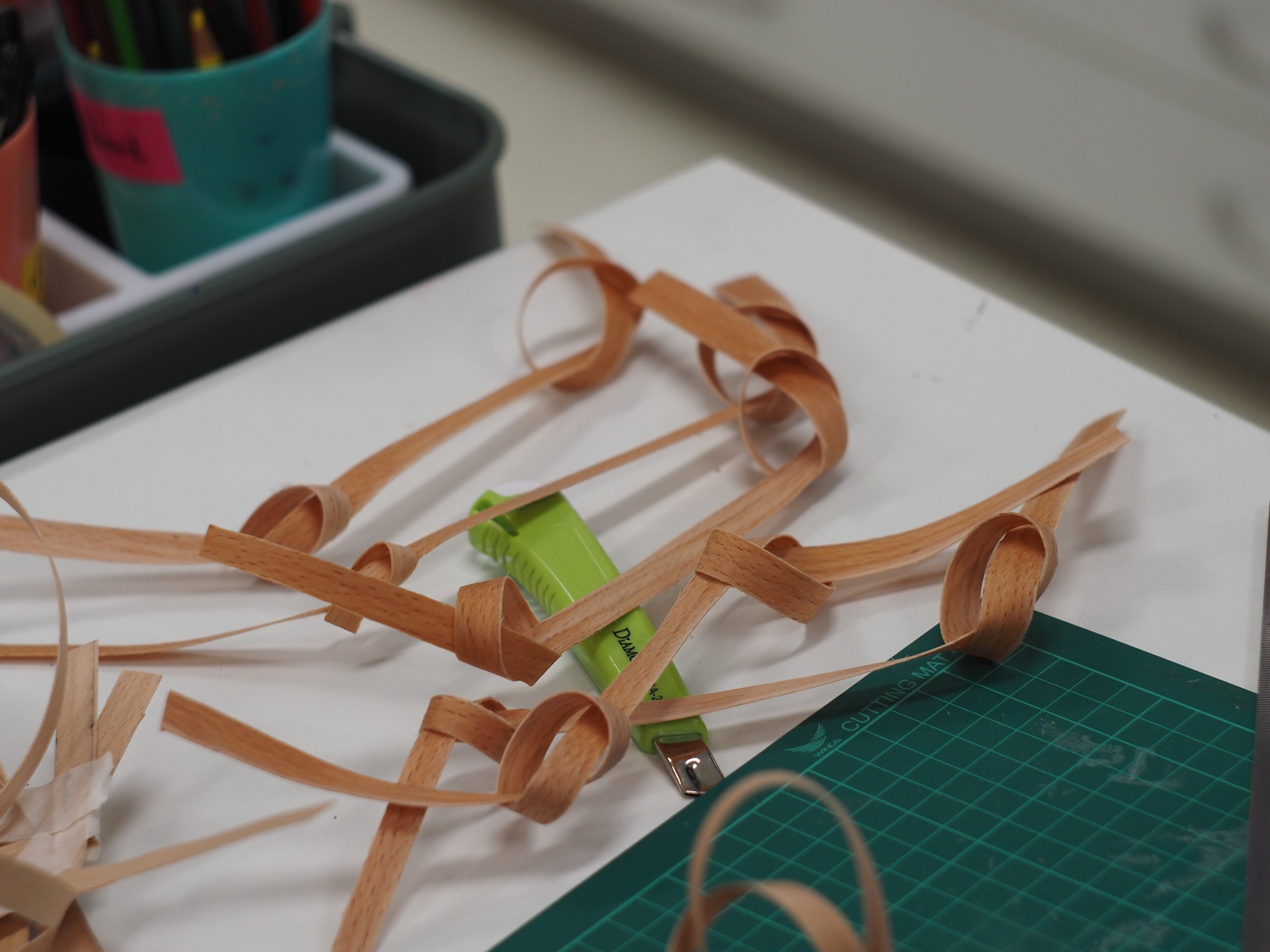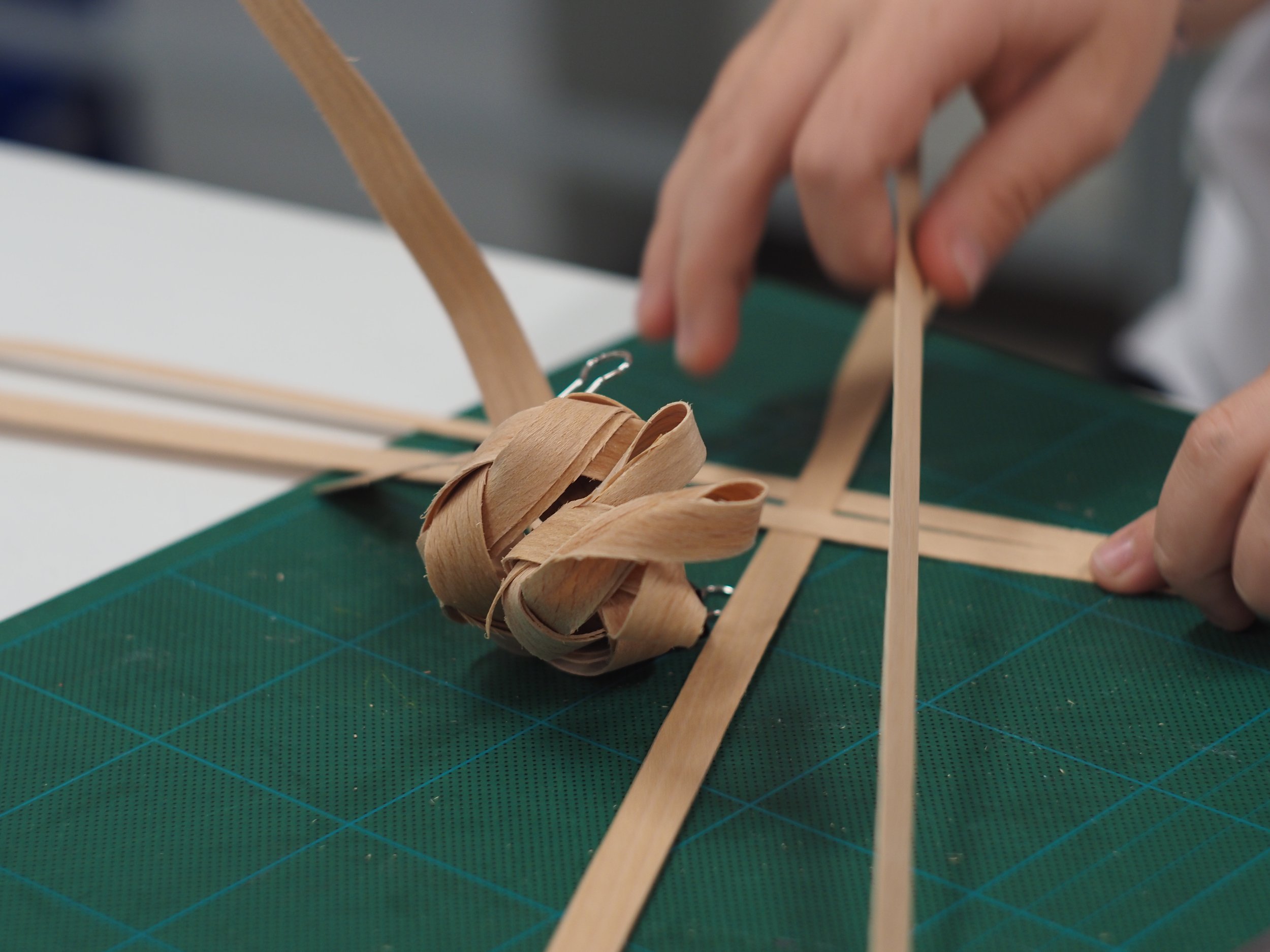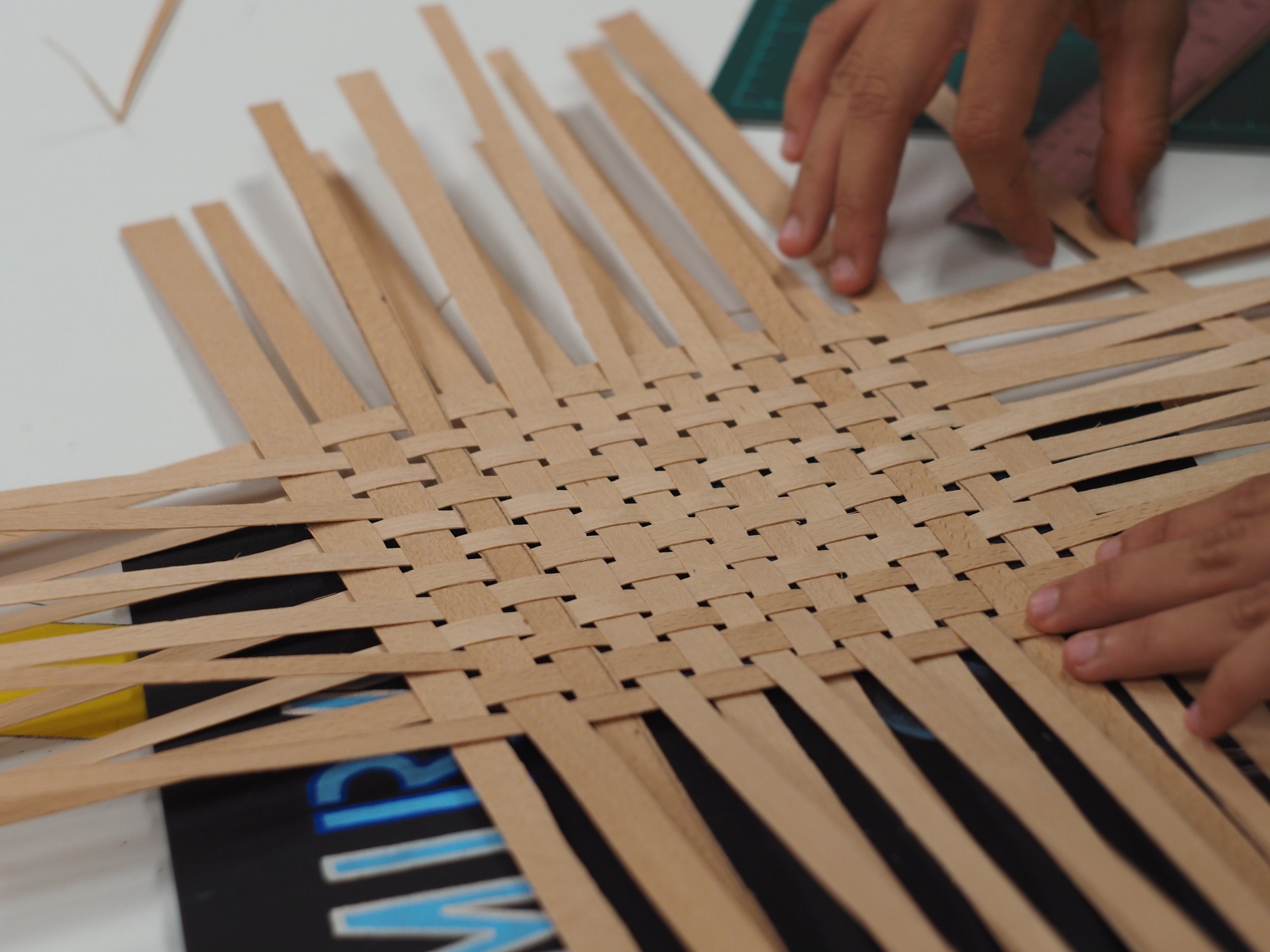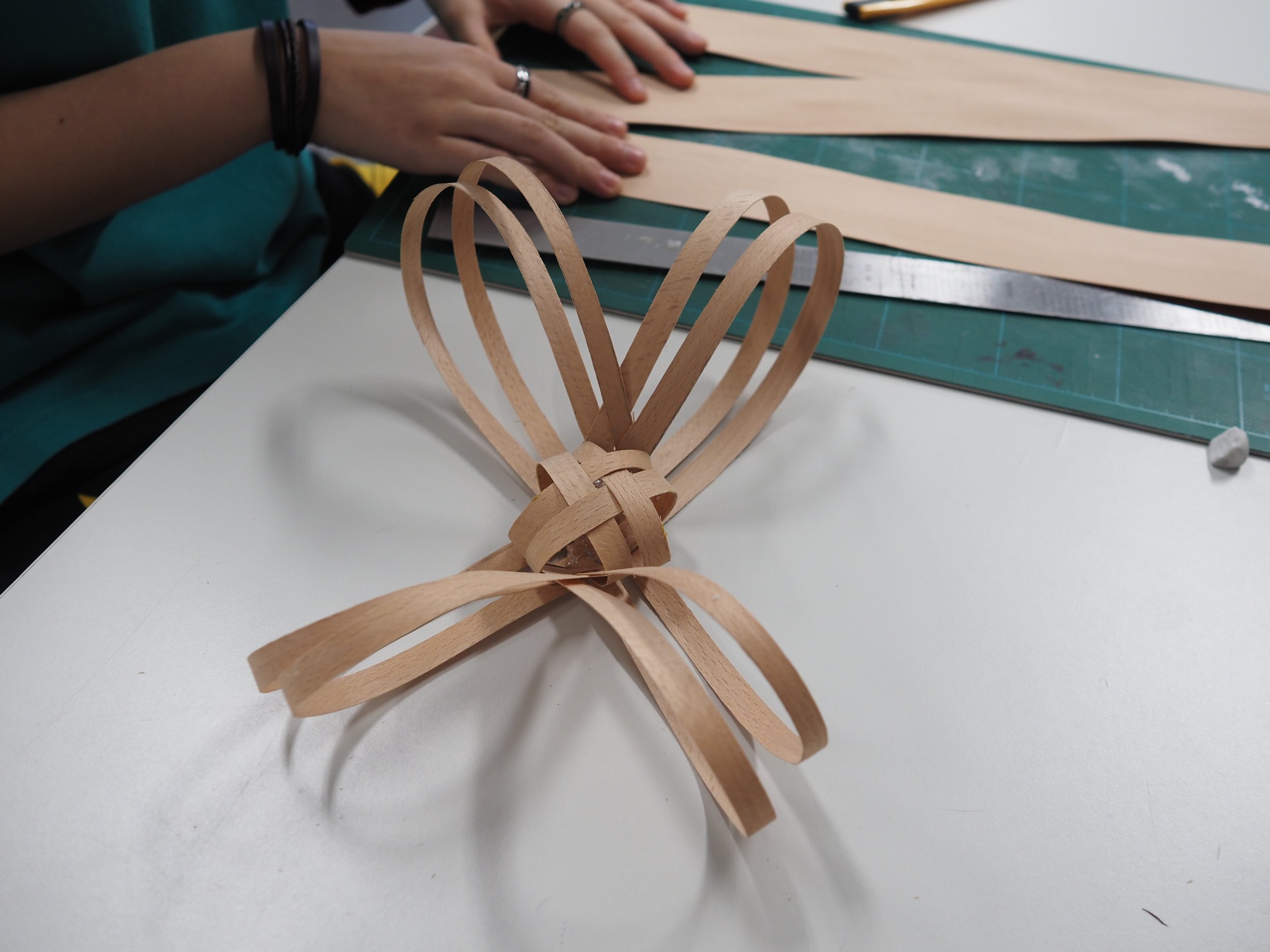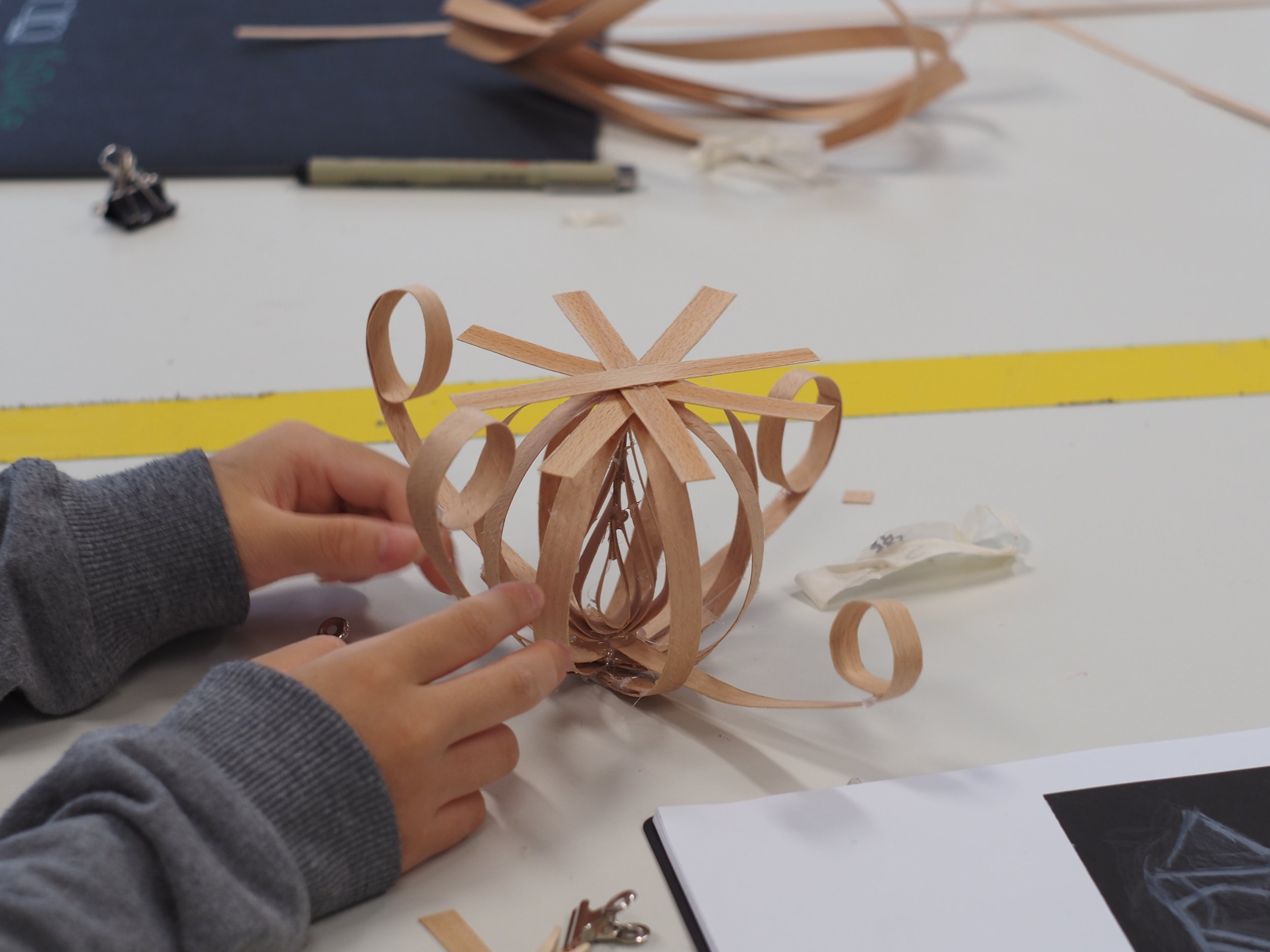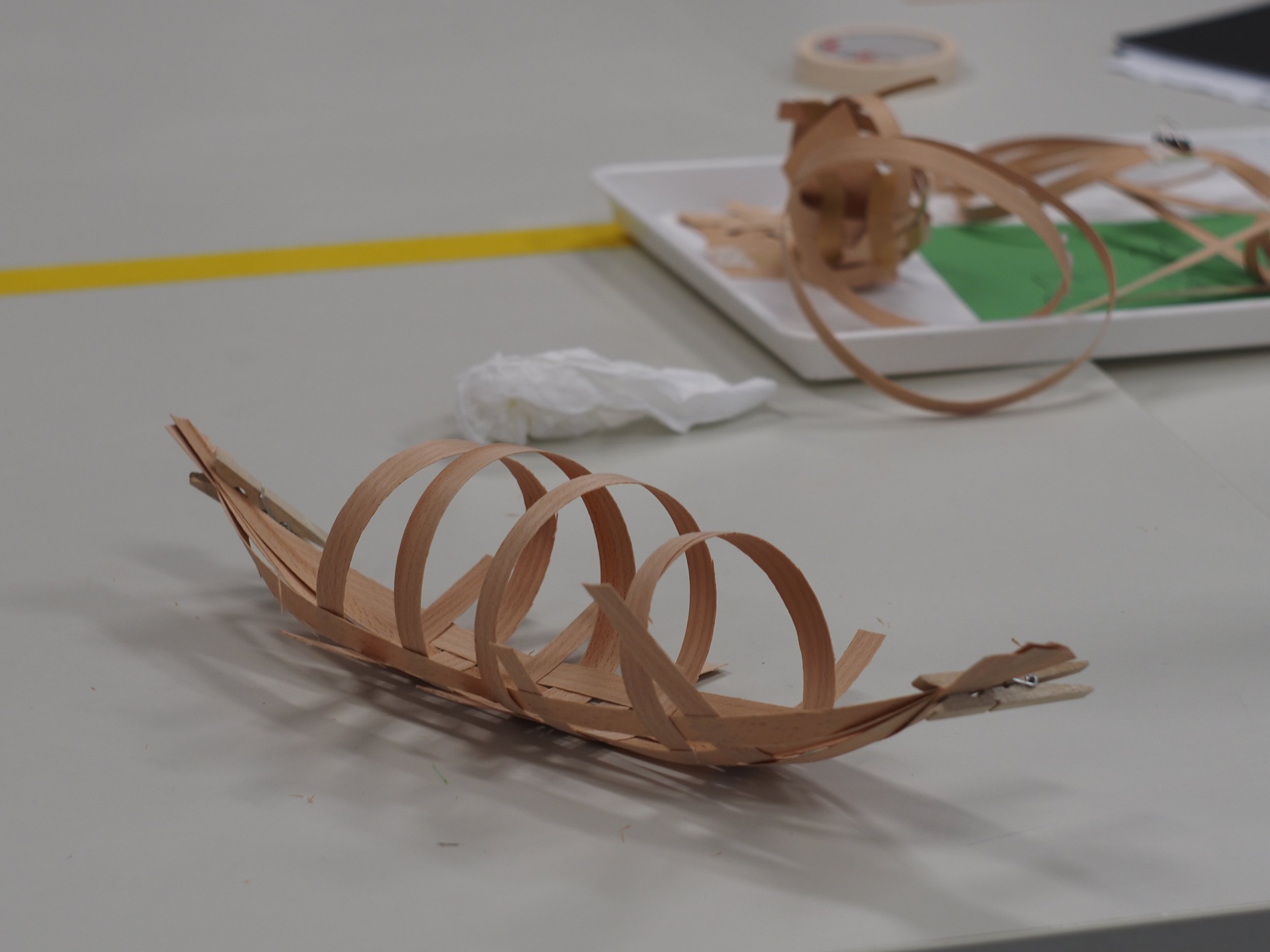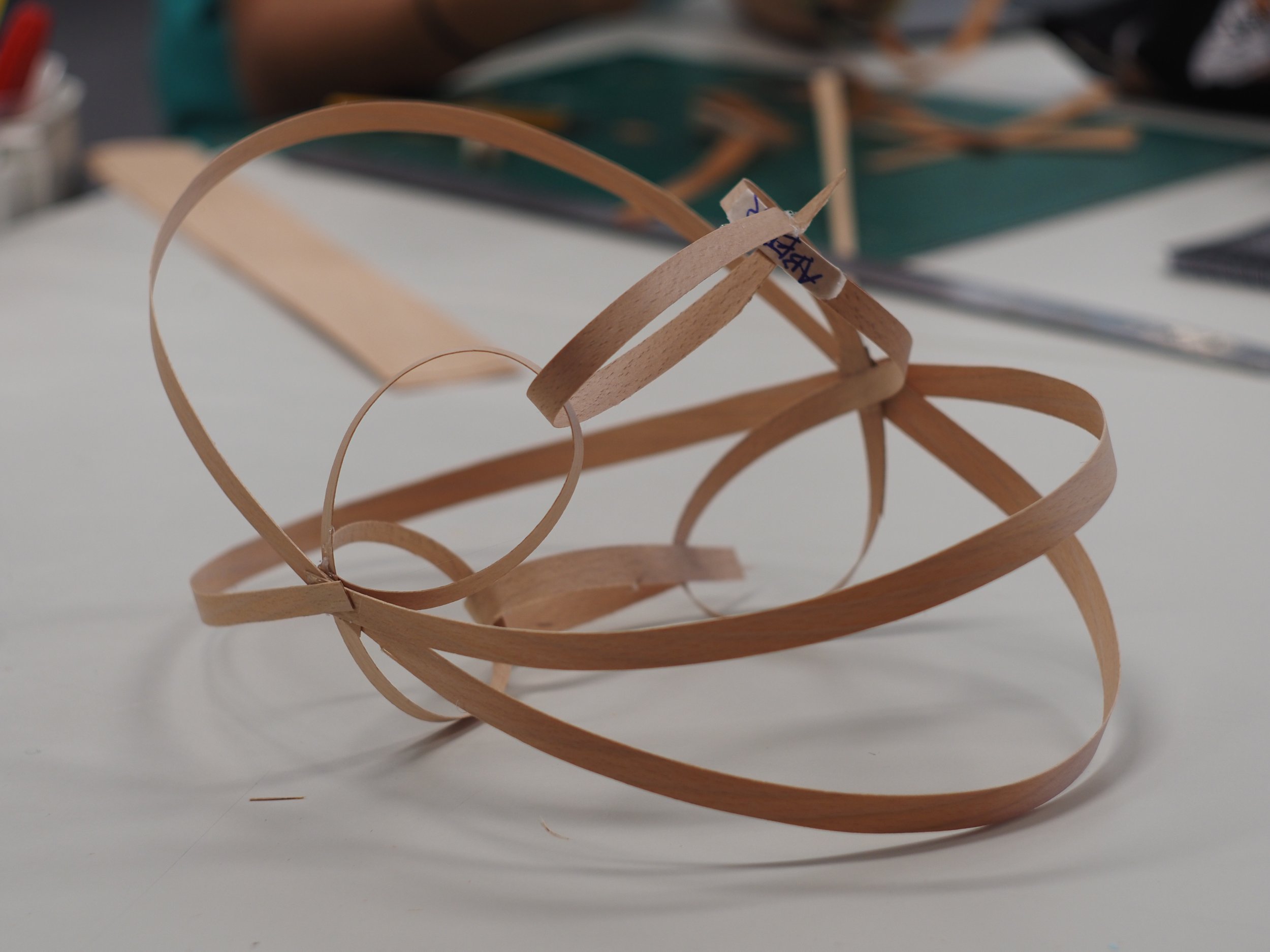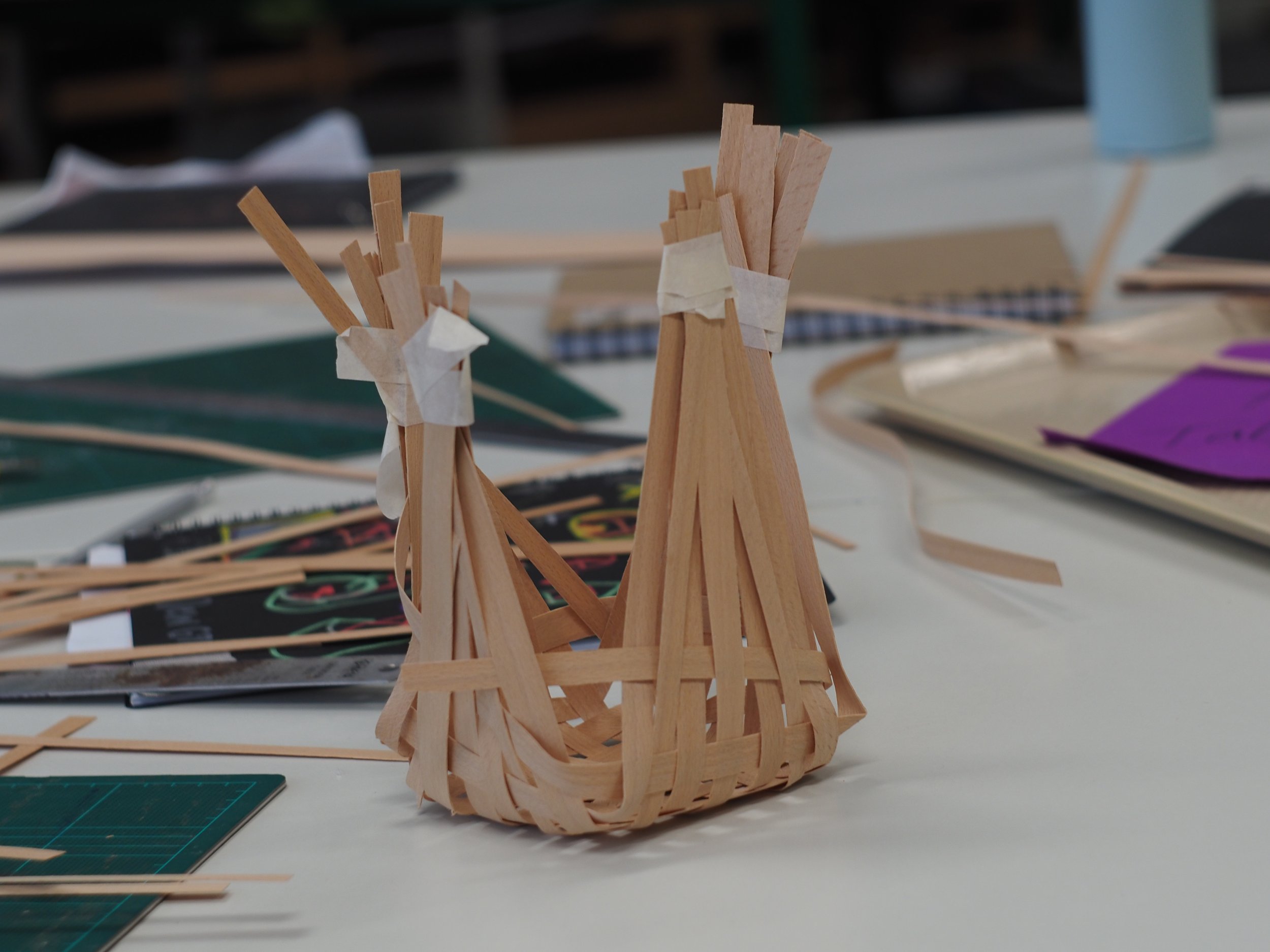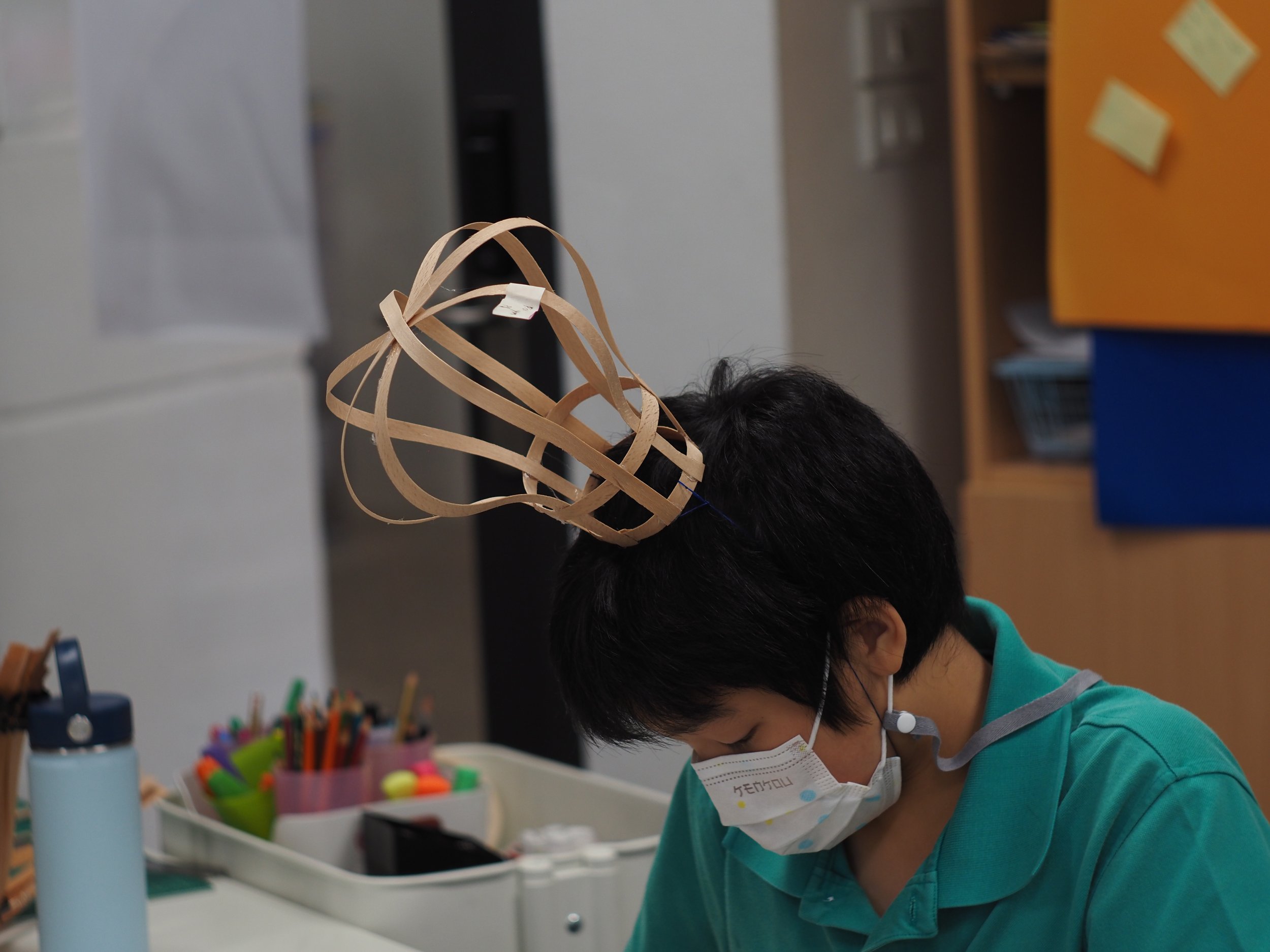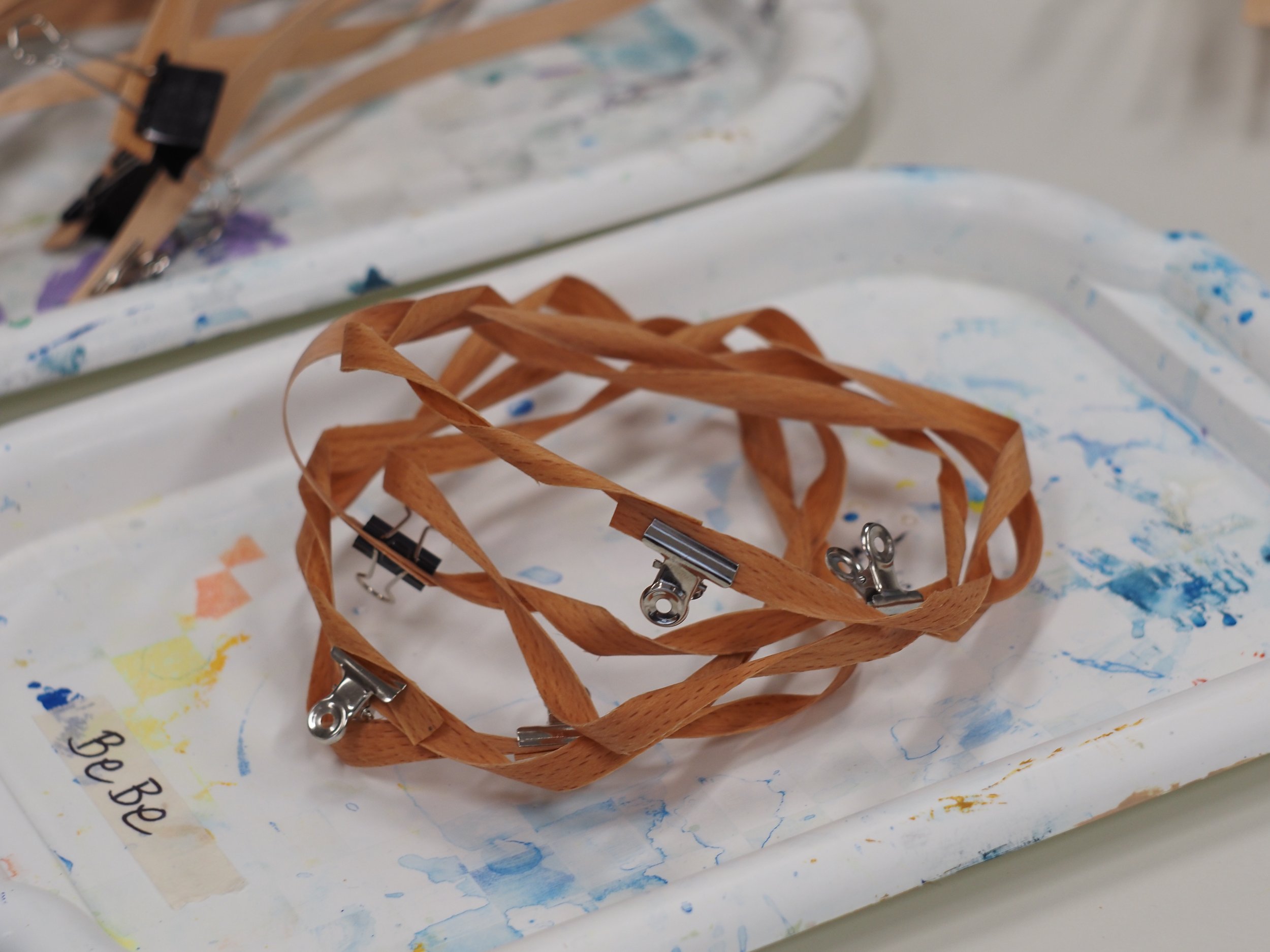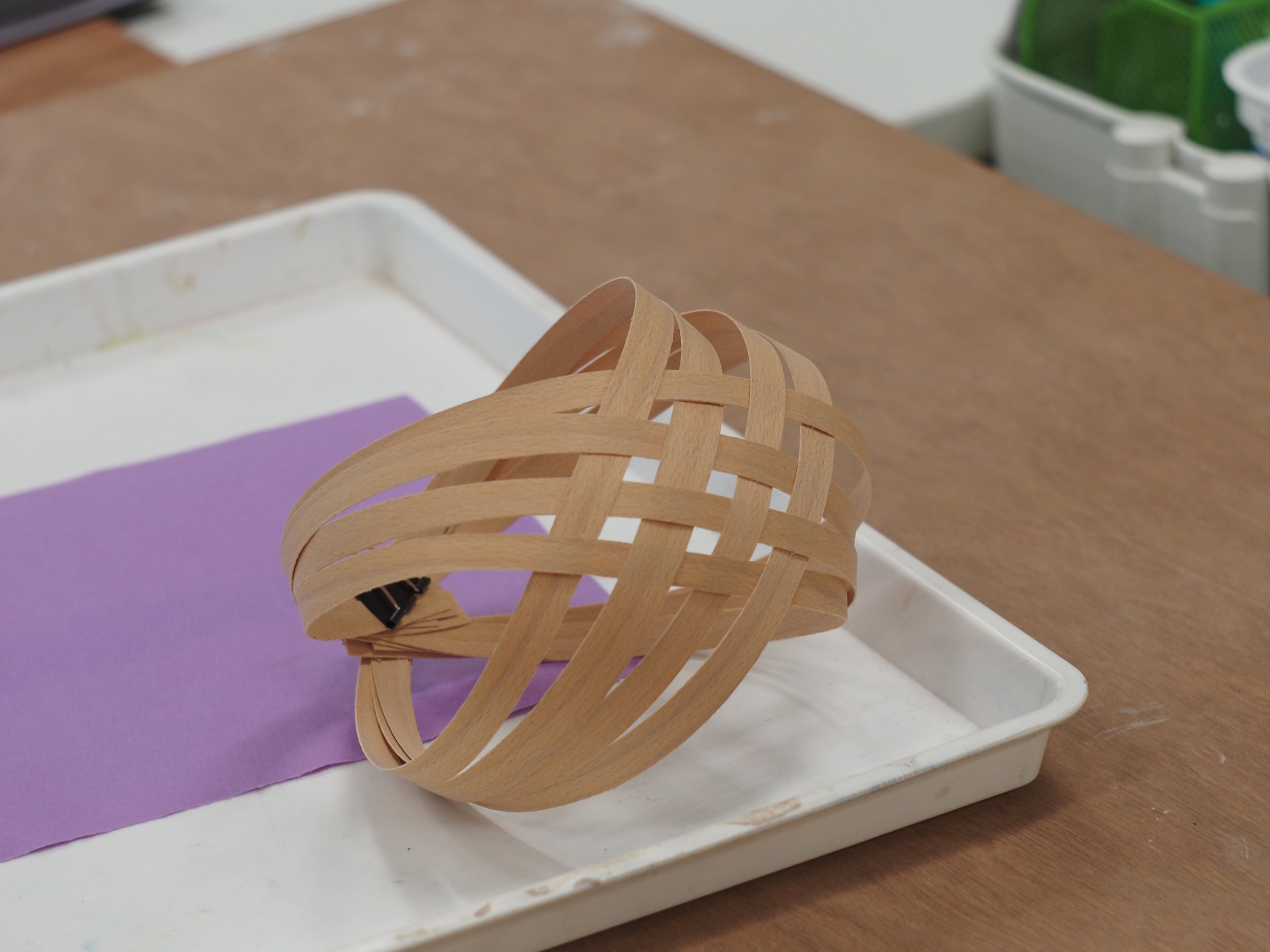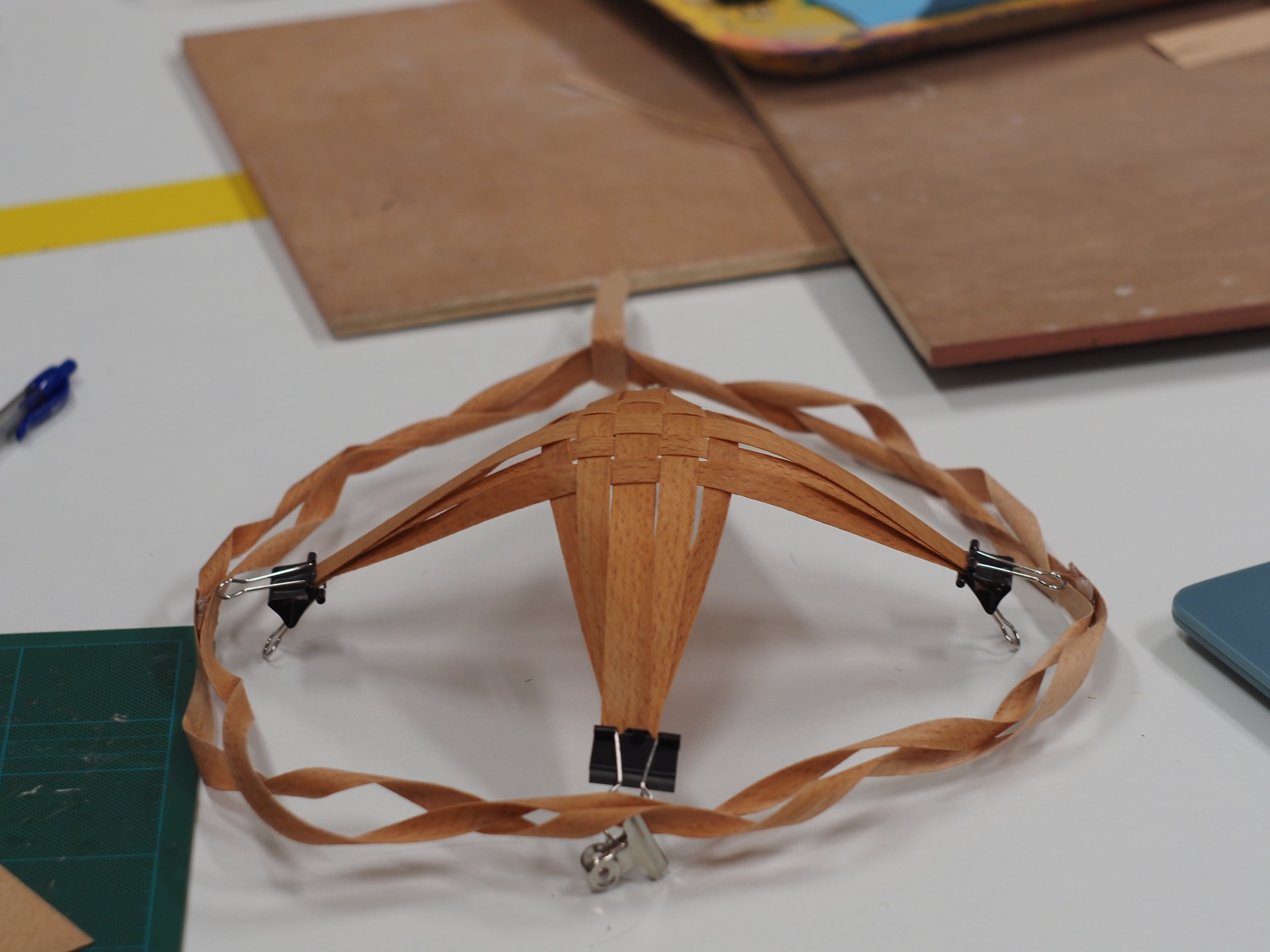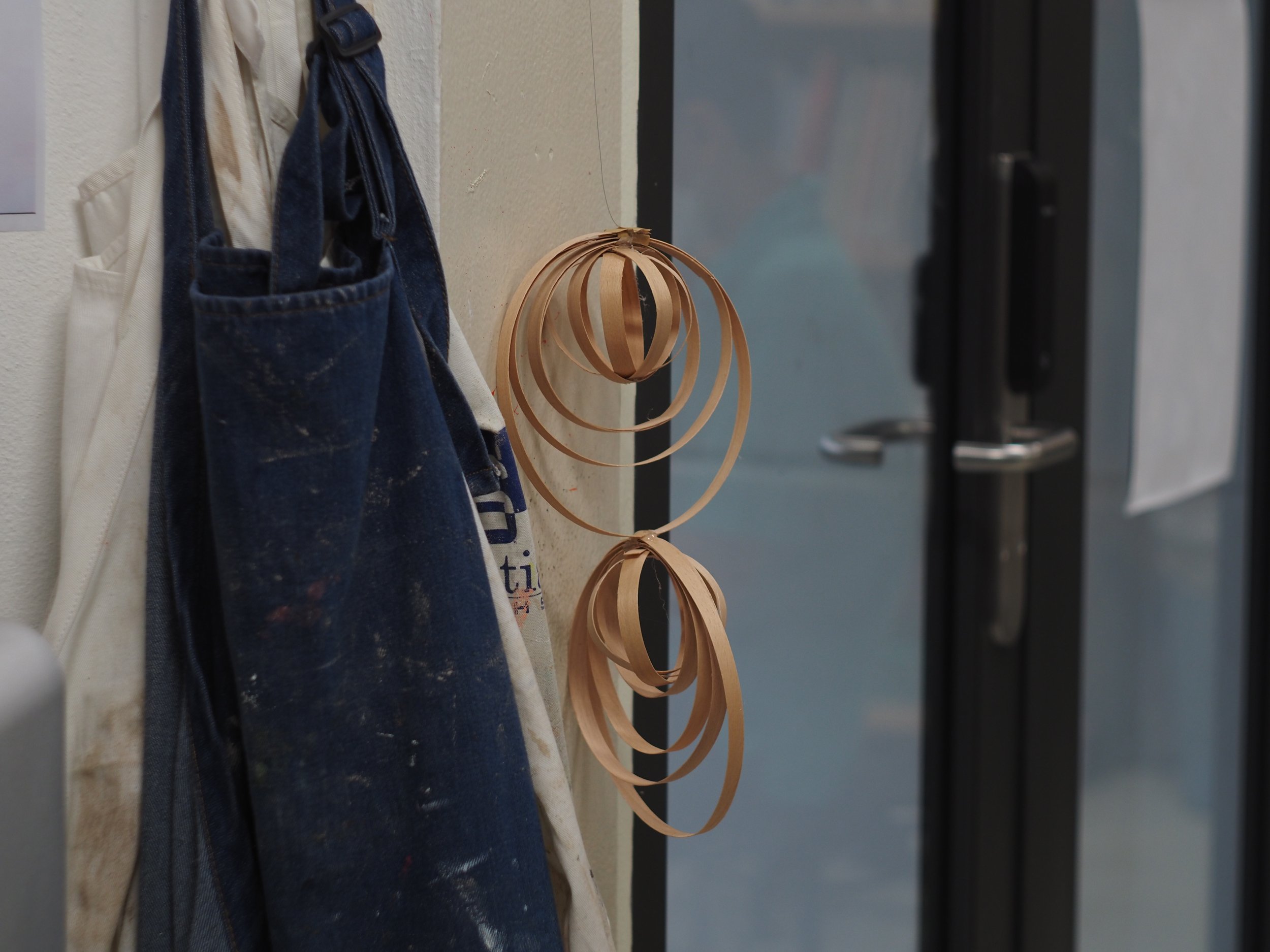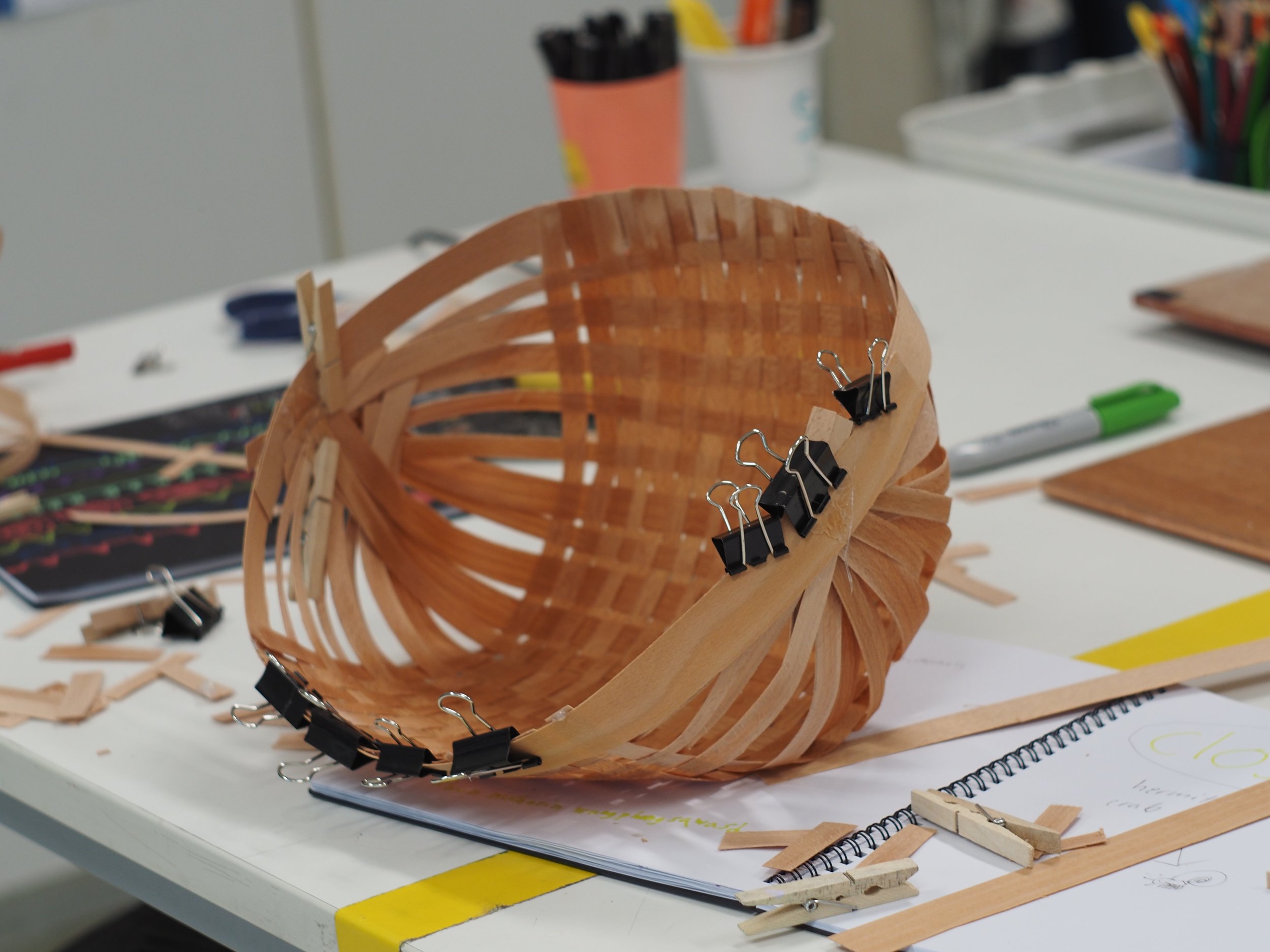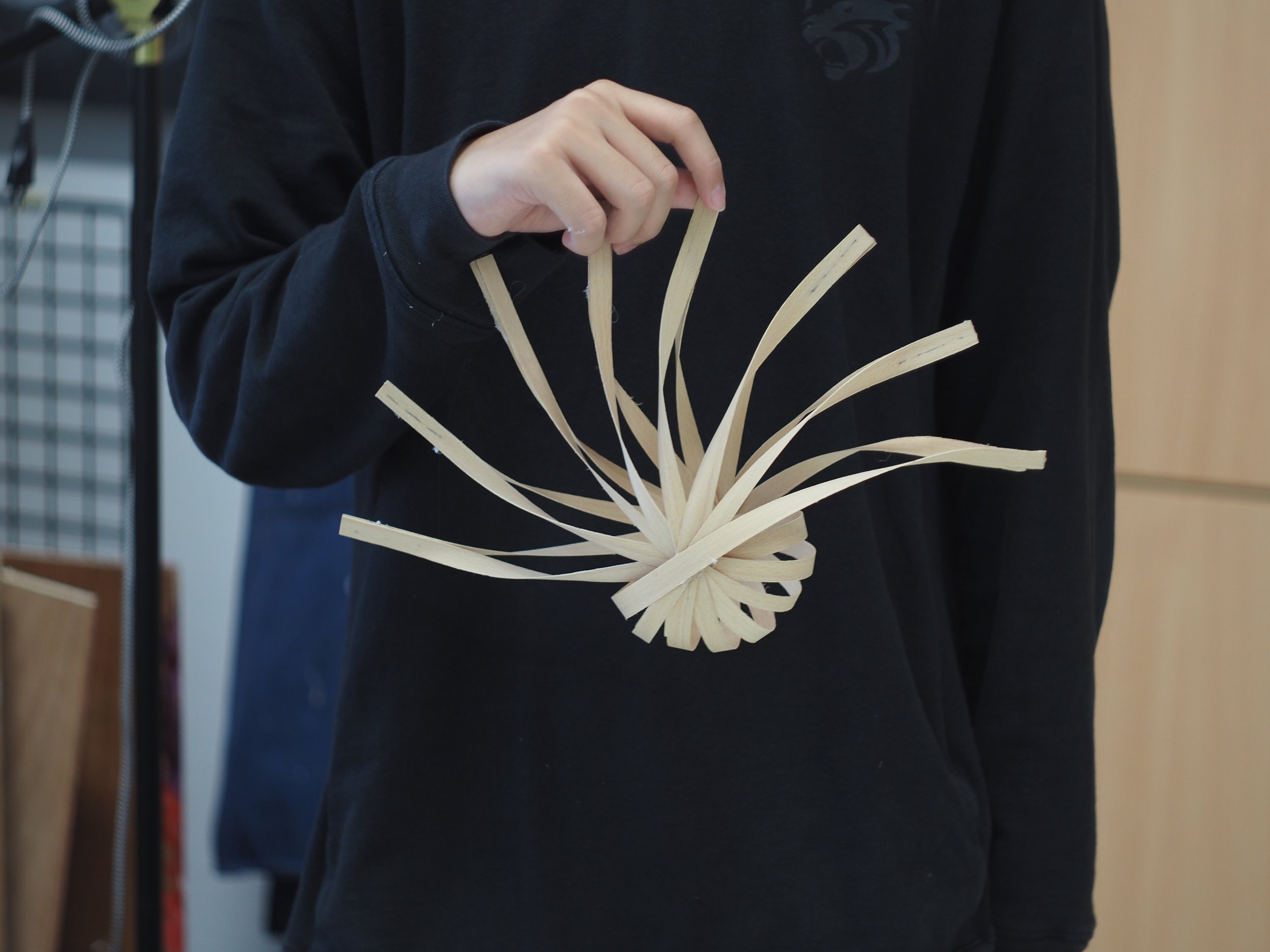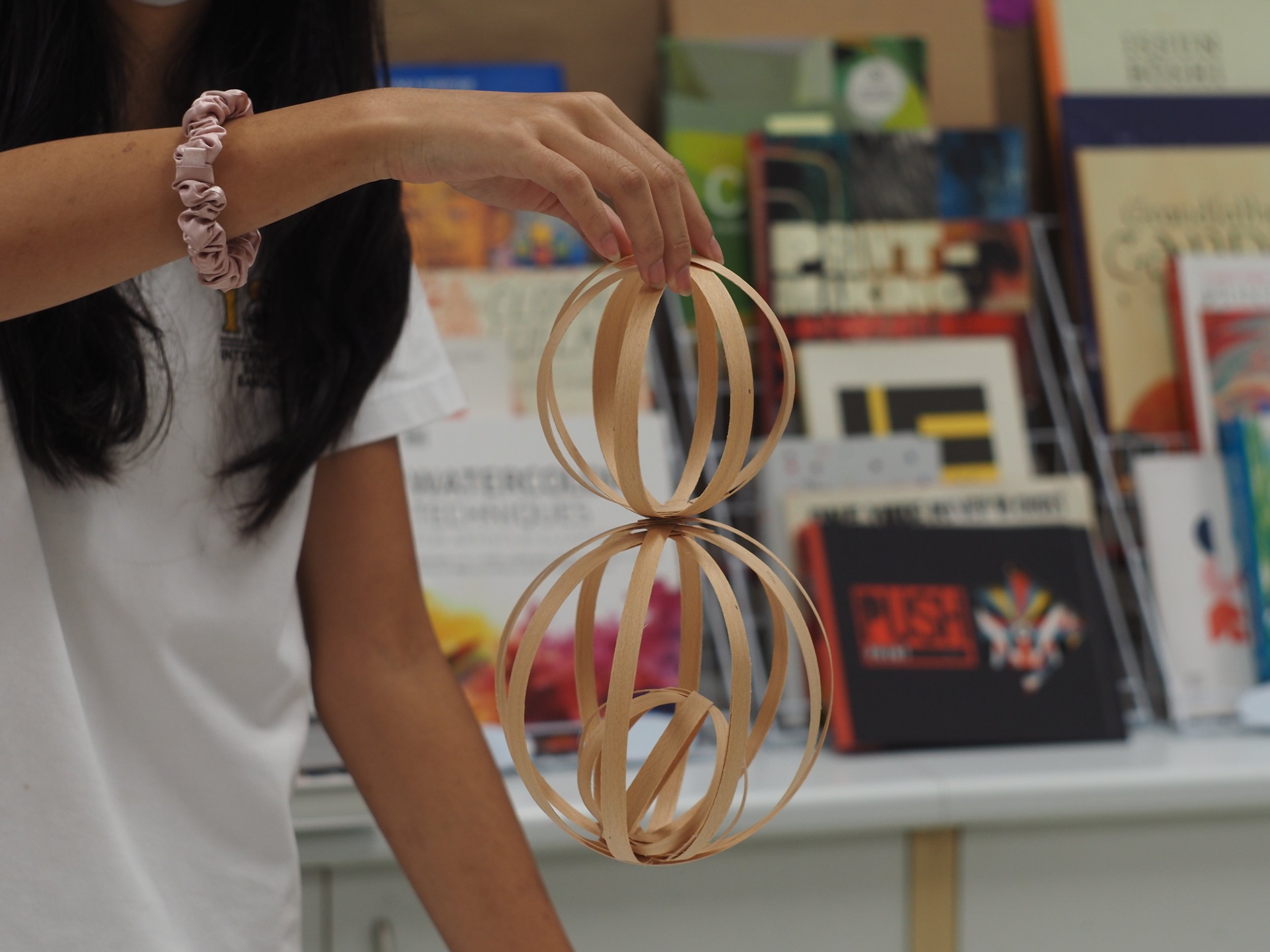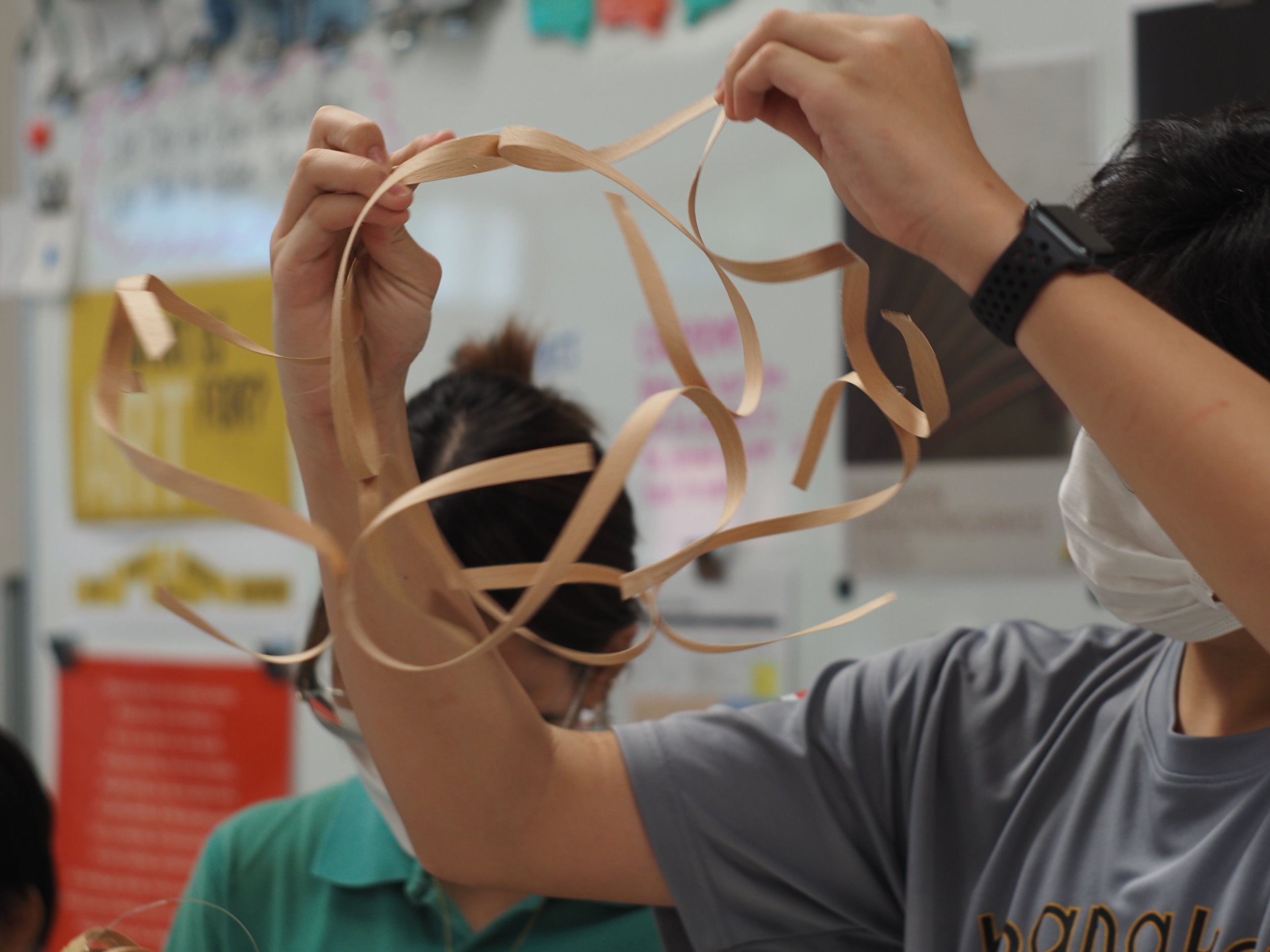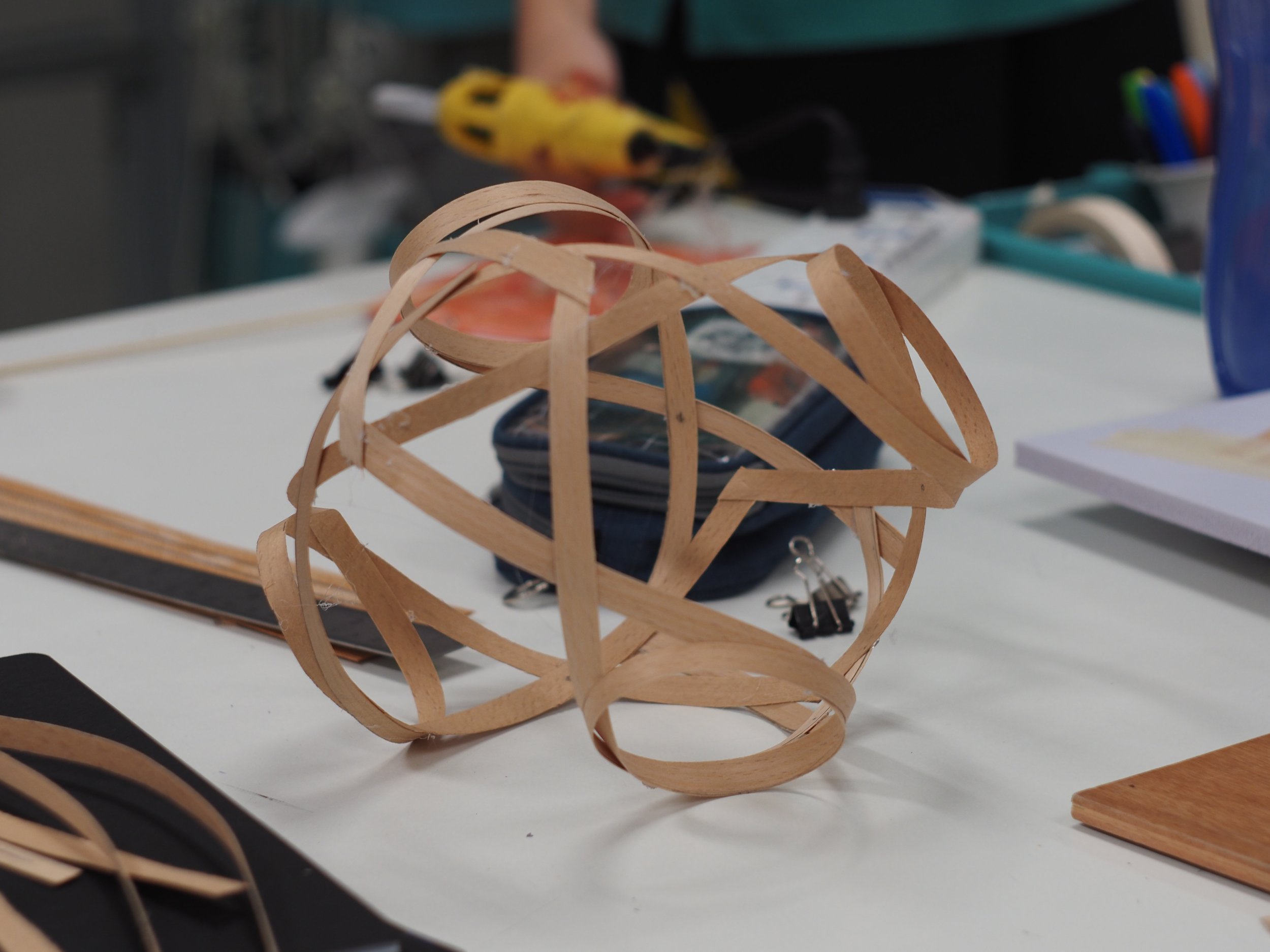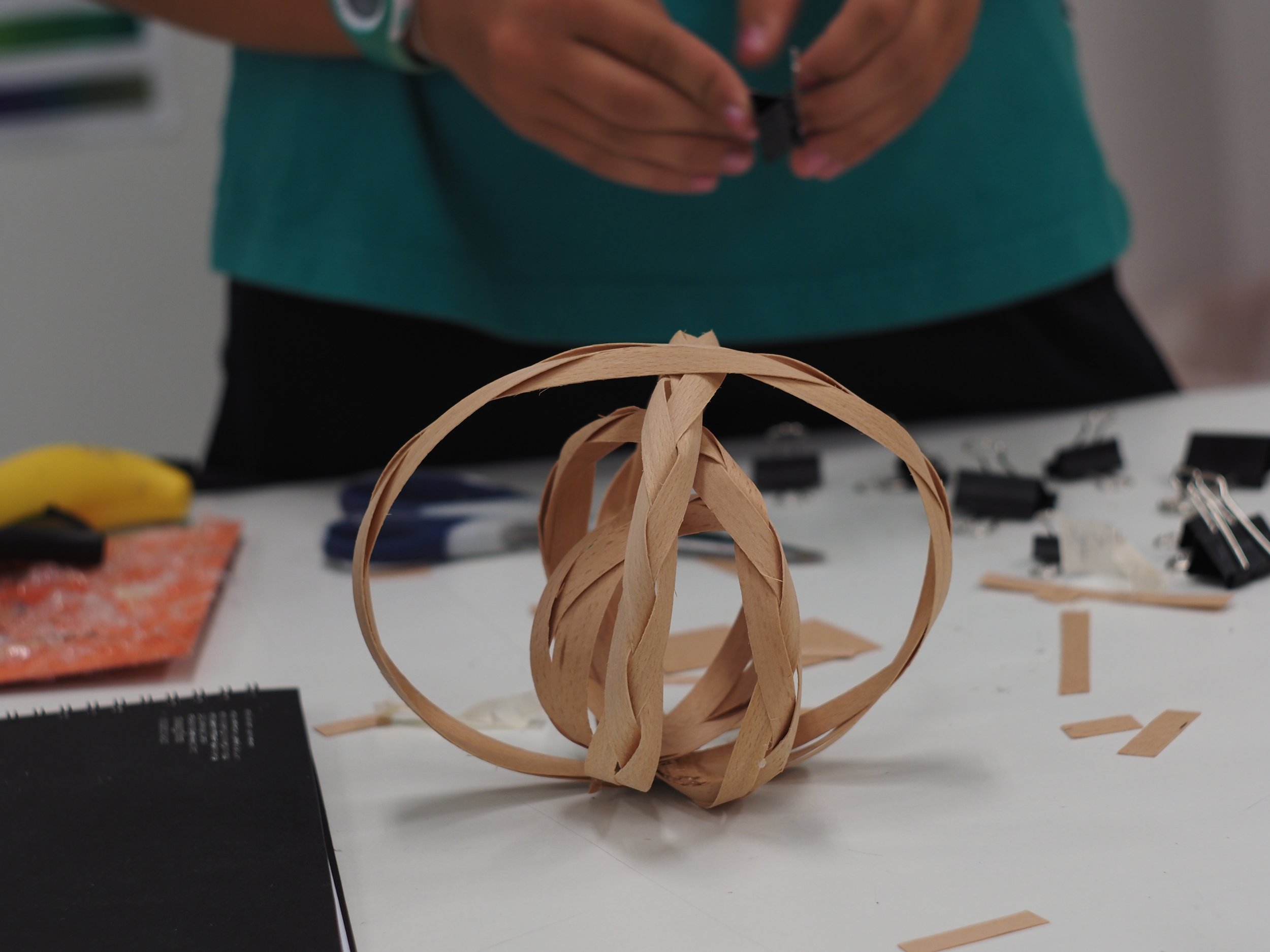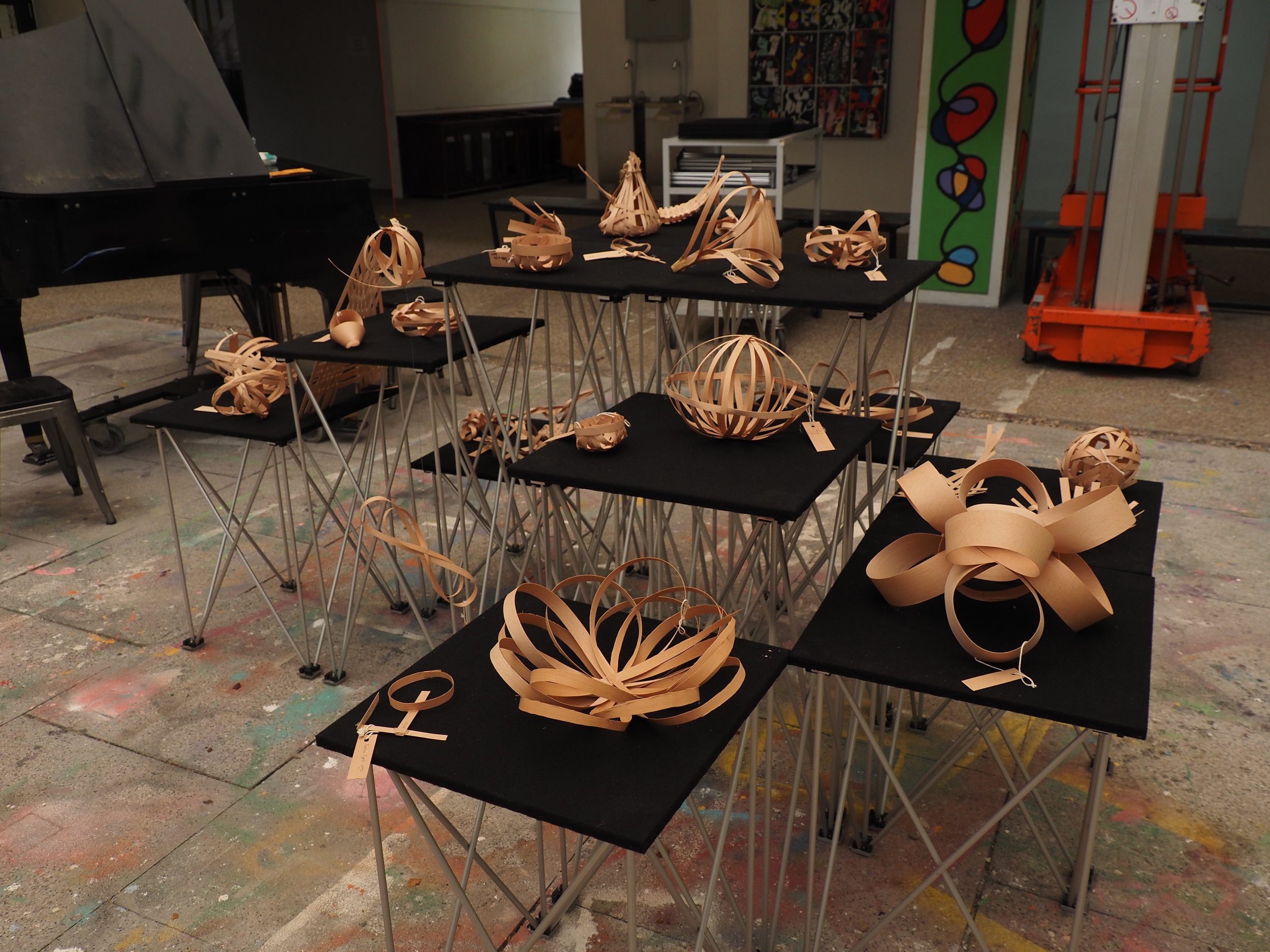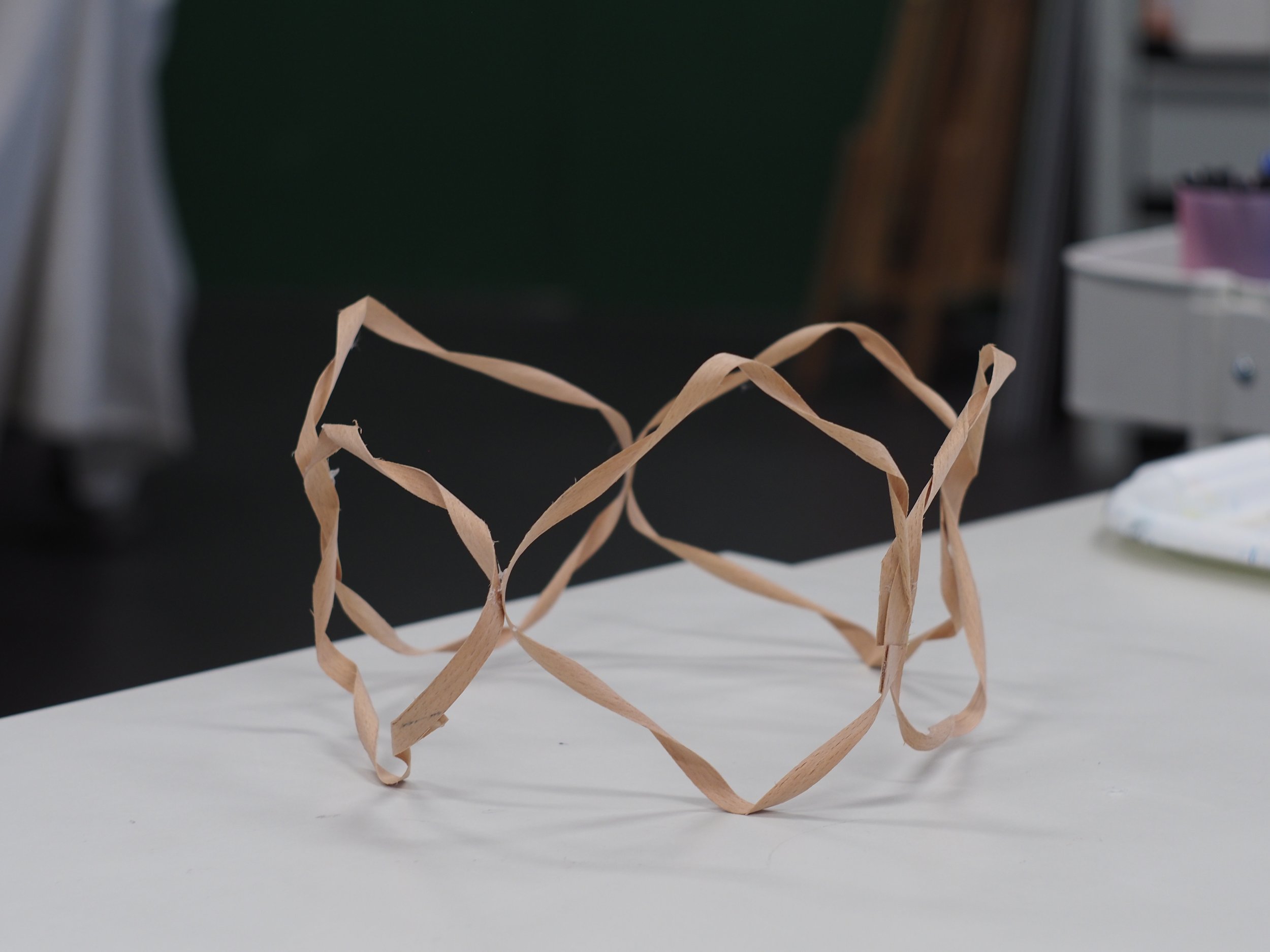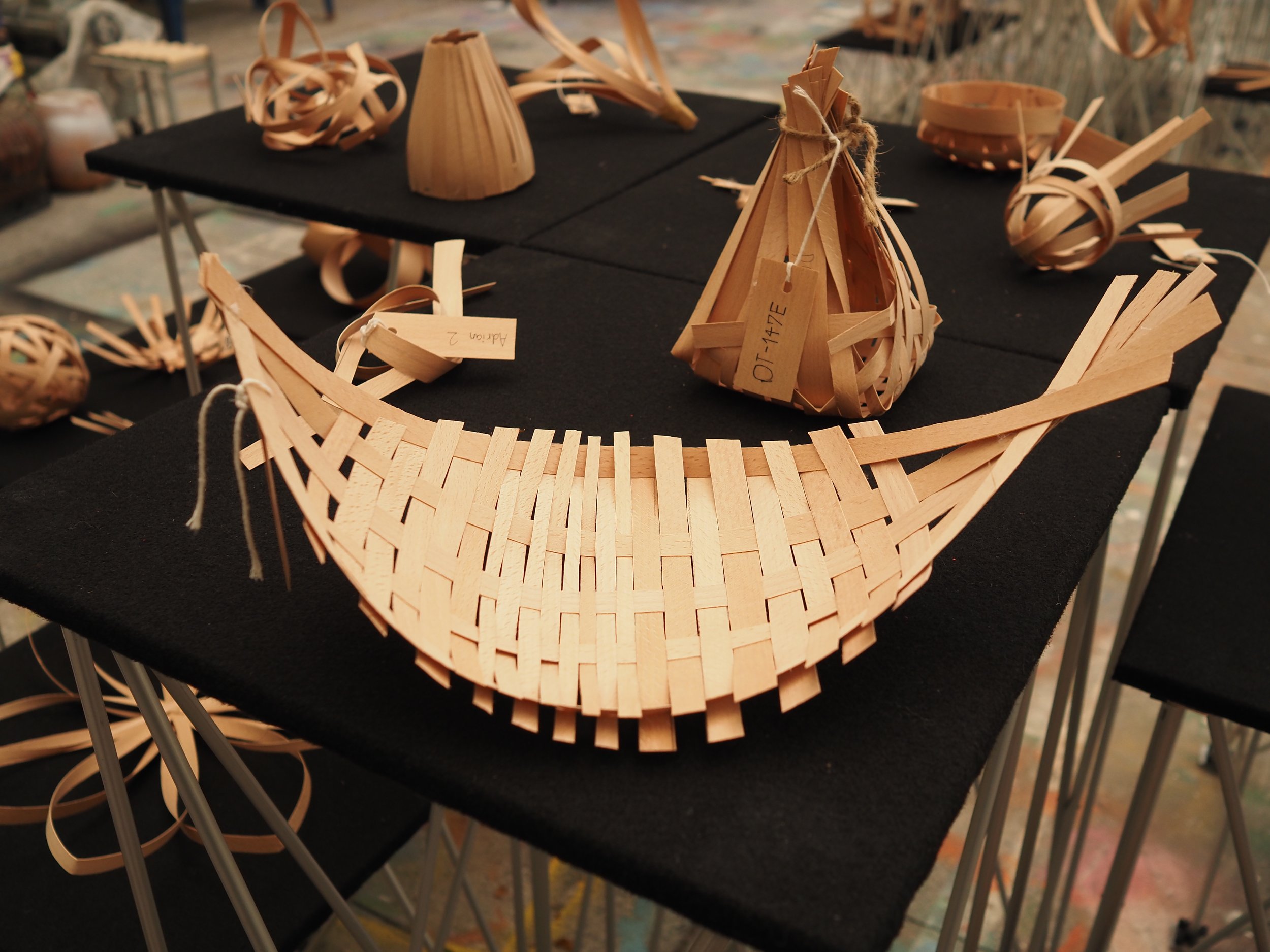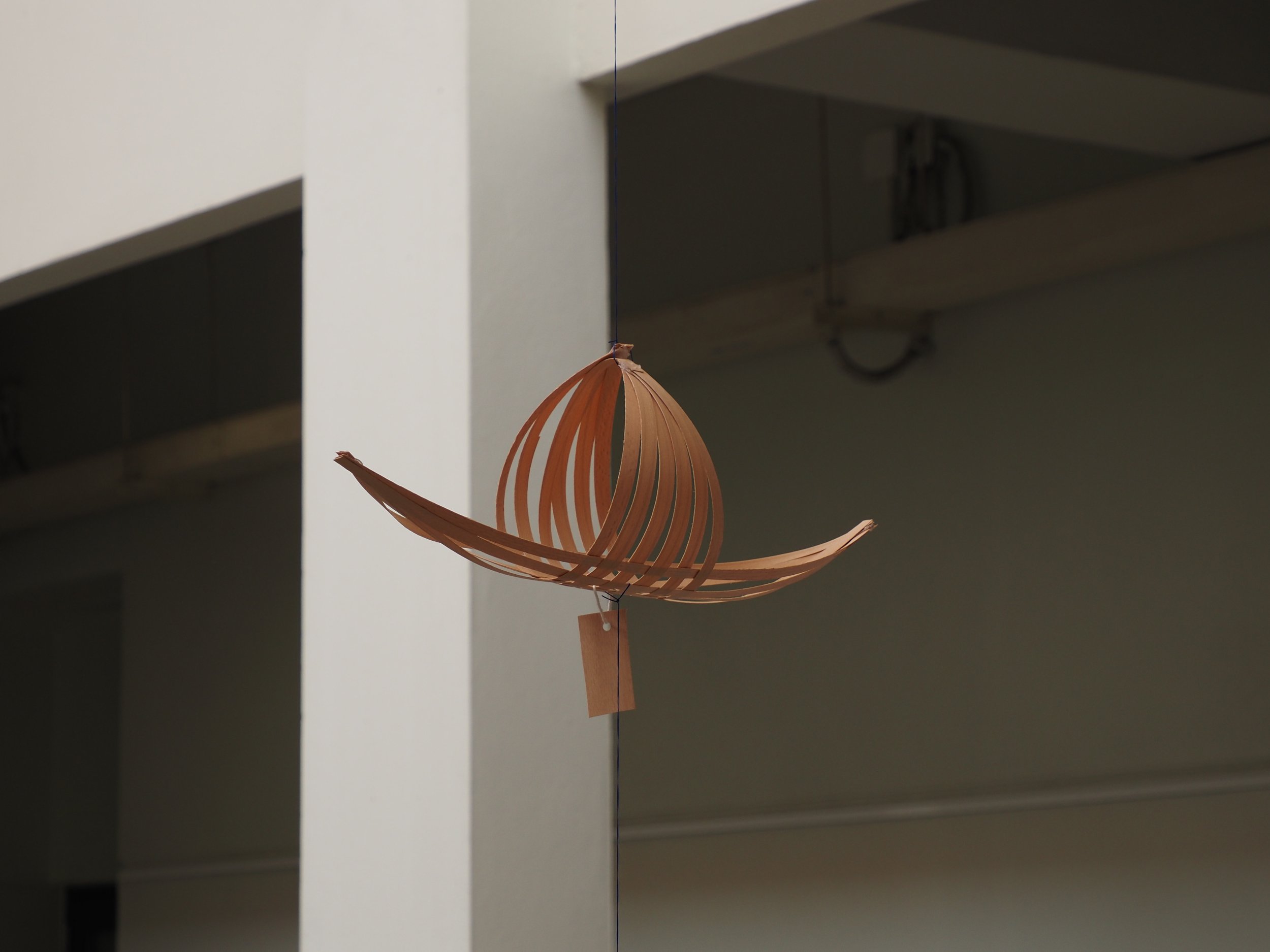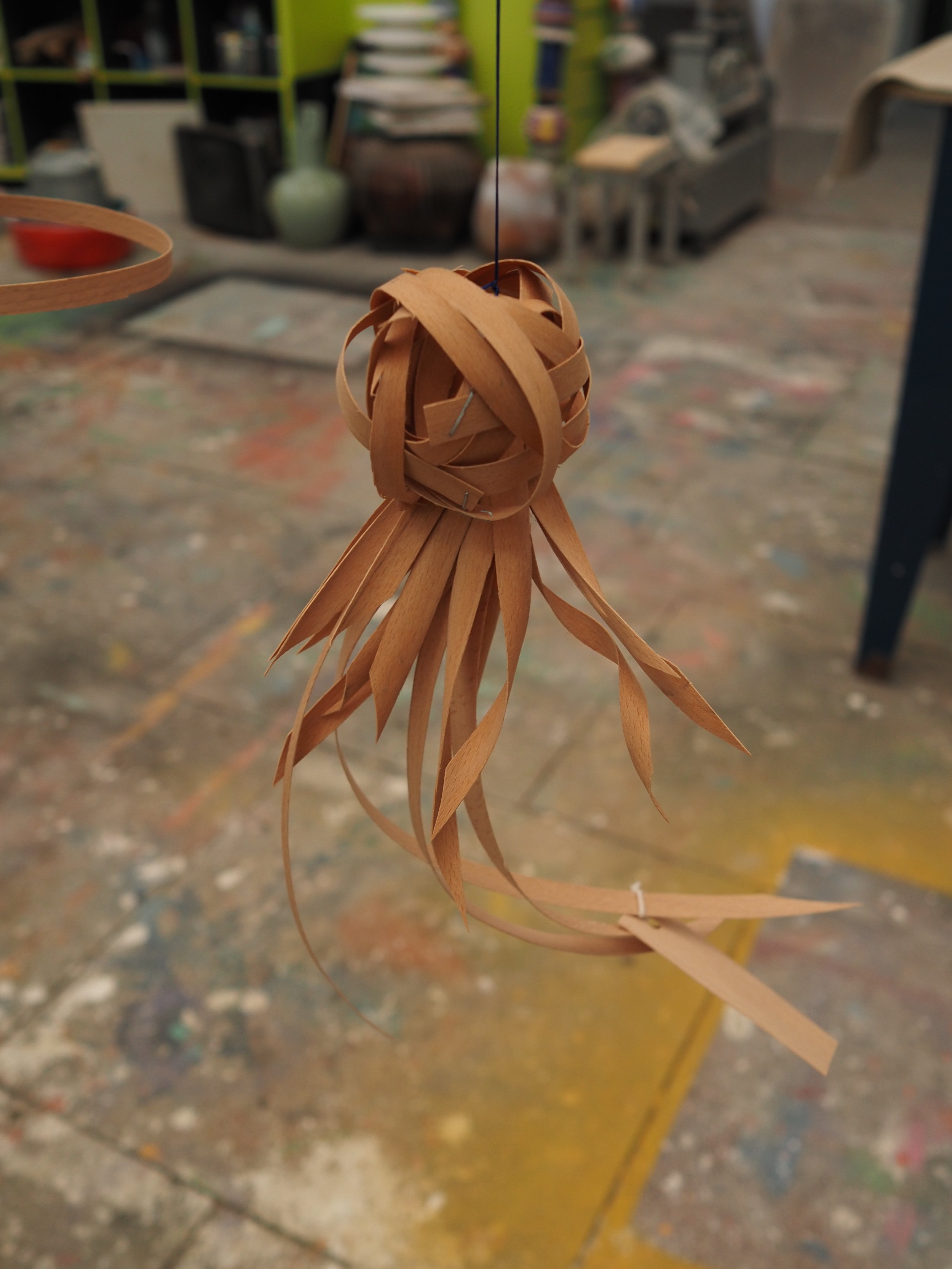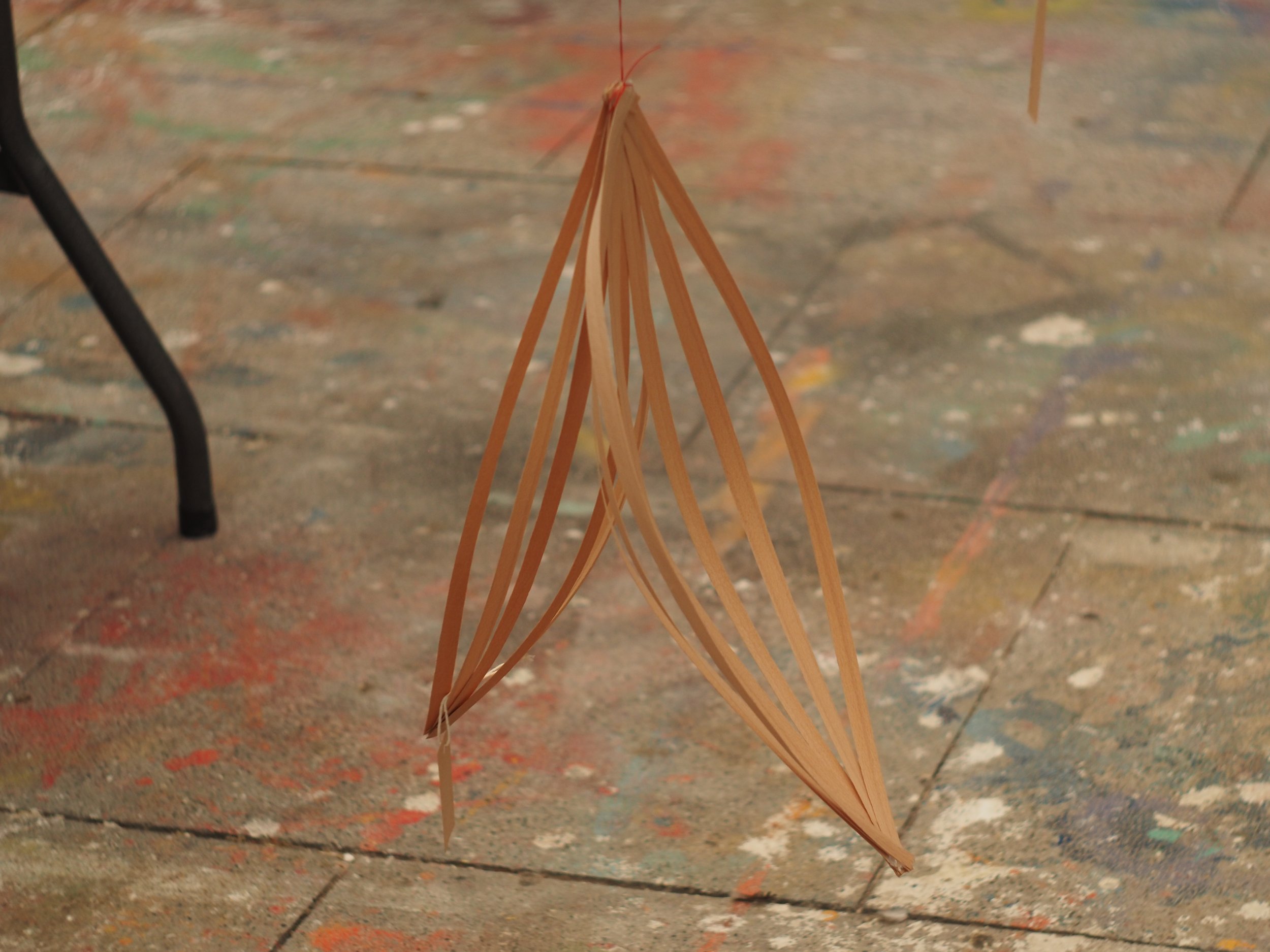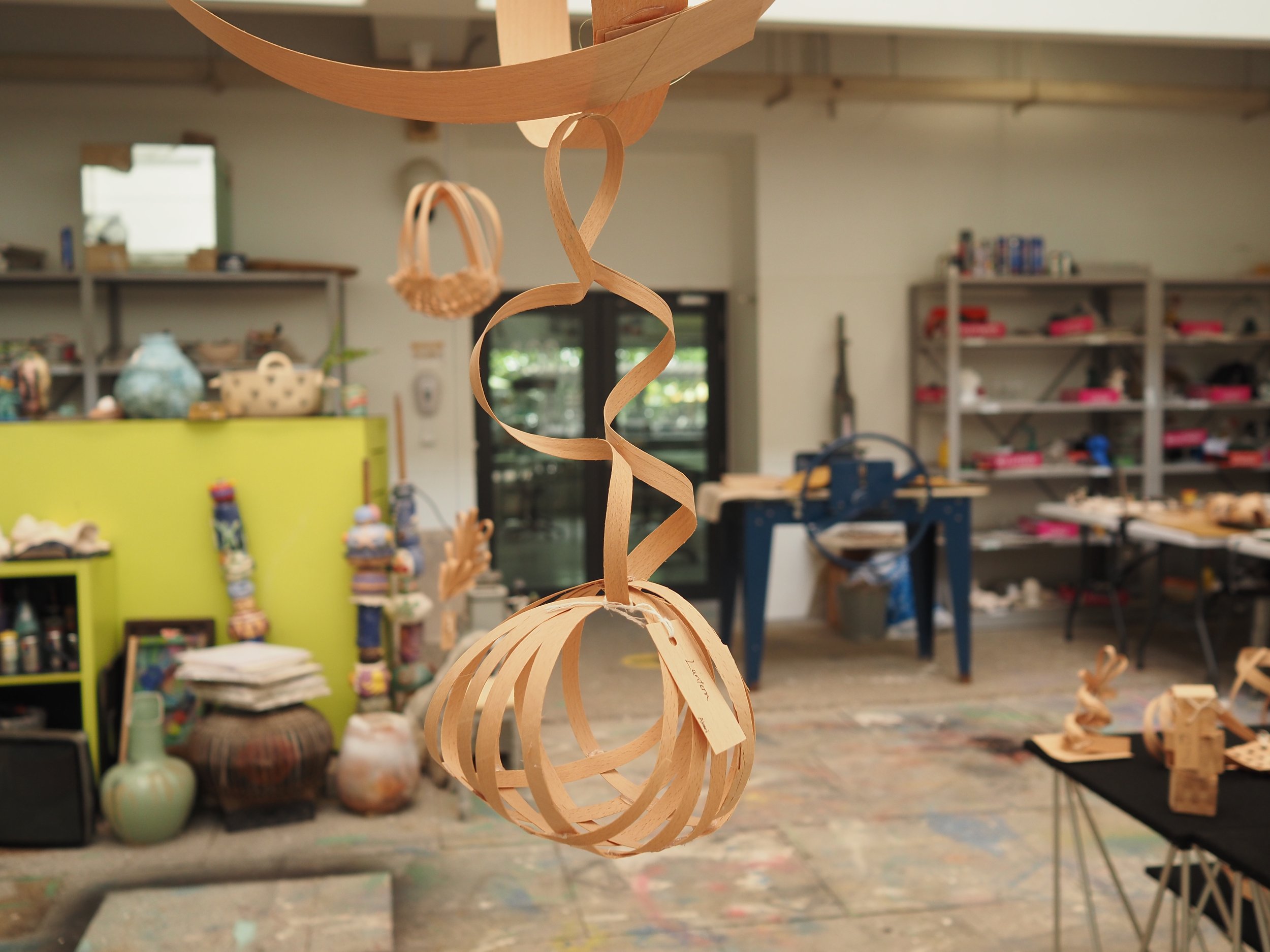Nest : cradle & closure
Visiting artist project with middle school 3-D Art classes at International School Bangkok
When we see a nest we can normally assume two scenario. The animal about to give birth into a new or it’s an empty nest that its offspring already left to begin their journey. Life always goes full circle, what’s once a symbol of the beginning eventually will become the end. The nest can represent two contrast thing, the wholeness and the emptiness at the same time. These past
two year we’re all going through this pandemic and I believe it hit us in different way. It both bring out the best and the worst all at once. The things, the person, the feeling we have to say goodbye while their are unexpected circumstance that has risen from this occasion.
As this long overdue pandemic is slowly come to and end, I would like to use this project as an exercise for us to reflect and reconnect with ourselves, giving us some sort of farewell ritual to the things we had to let go and let us open ourselves up to cradle the new things we want to embrace.
Project objective
1. Play around with a word that can represent two things that completely opposite meaning and create experimental pieces to reflect on it. First piece will be a nest for the things we have to let go, things we want to give it a closure. The things can be a word, a feeling, a person, an incident, an emotion or an object that remind us of something. Second piece will be a nest for the things you want to cradle, give it a proper home and let it grow. It can be a new friend you make, new skill, new emotion or
2. Encourage student to feel and think about how the circumstance affect them personally and how can they use art making process to communicate with the others.
3. Encourage student to work with simple material and simple technique, in order for them to be able to think fast, act fast and work fast.
Woodworking artist, Khun Nucharin Wangphongsawasd, recently challenged 3-D Art students to reflect on their experiences during COVID. This worldwide disruption prompted significant changes in the ways that we live. She asked students to notice what new habits they may have formed, objects they may have purchased, relationships that may have shifted, and other new ways of doing things.
Using nests as a metaphor, she prompted these young artists to consider the following questions based their recent experiences in the pandemic:
What might they like to continue to nurture and grow?
What might they like to bring closure to ?
Students , twisted, bent, curved, wove, and otherwise manipulated beech veneer into stunning 3-dimensional forms to express their varied ideas.
Trista Meisner





